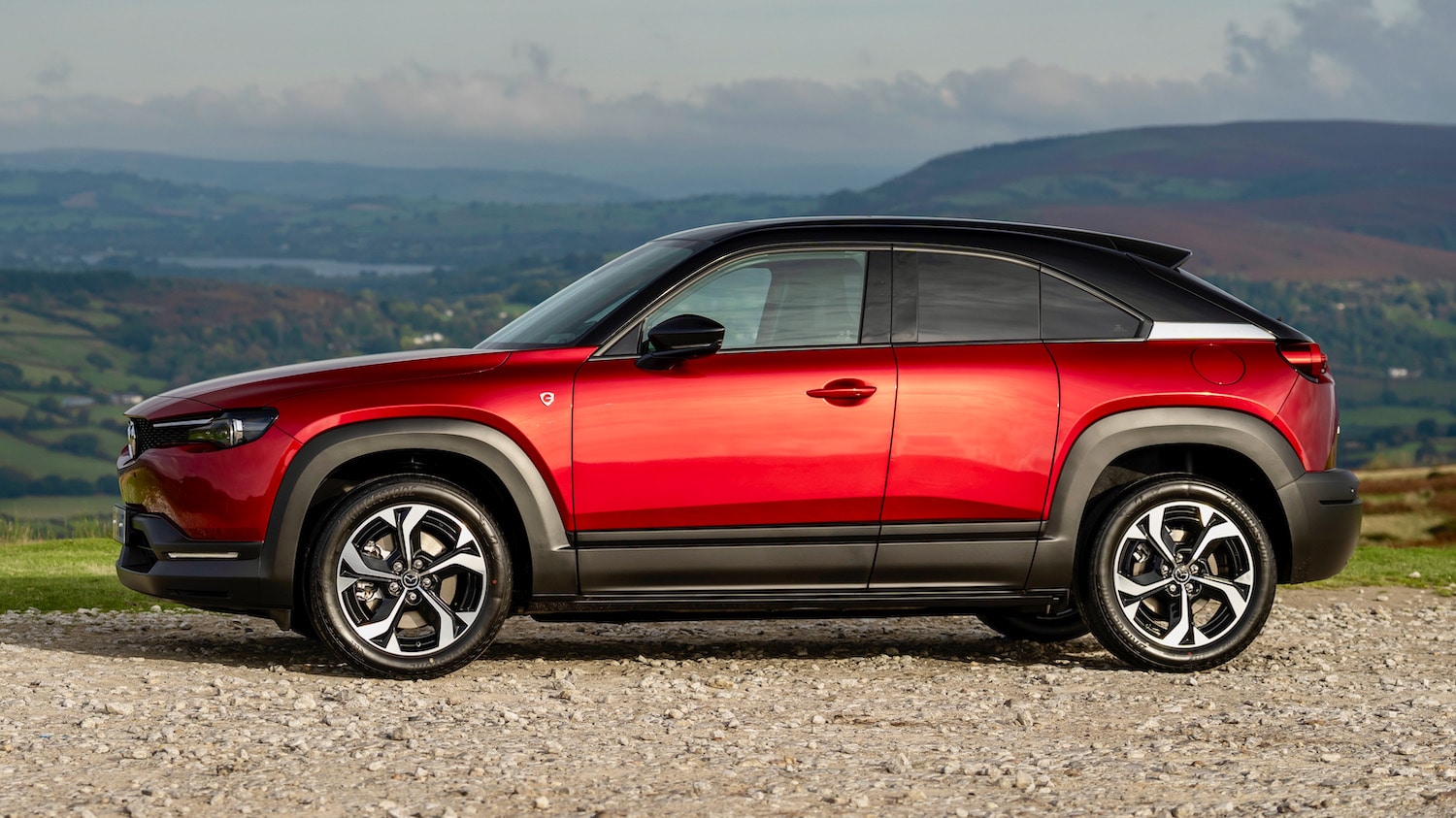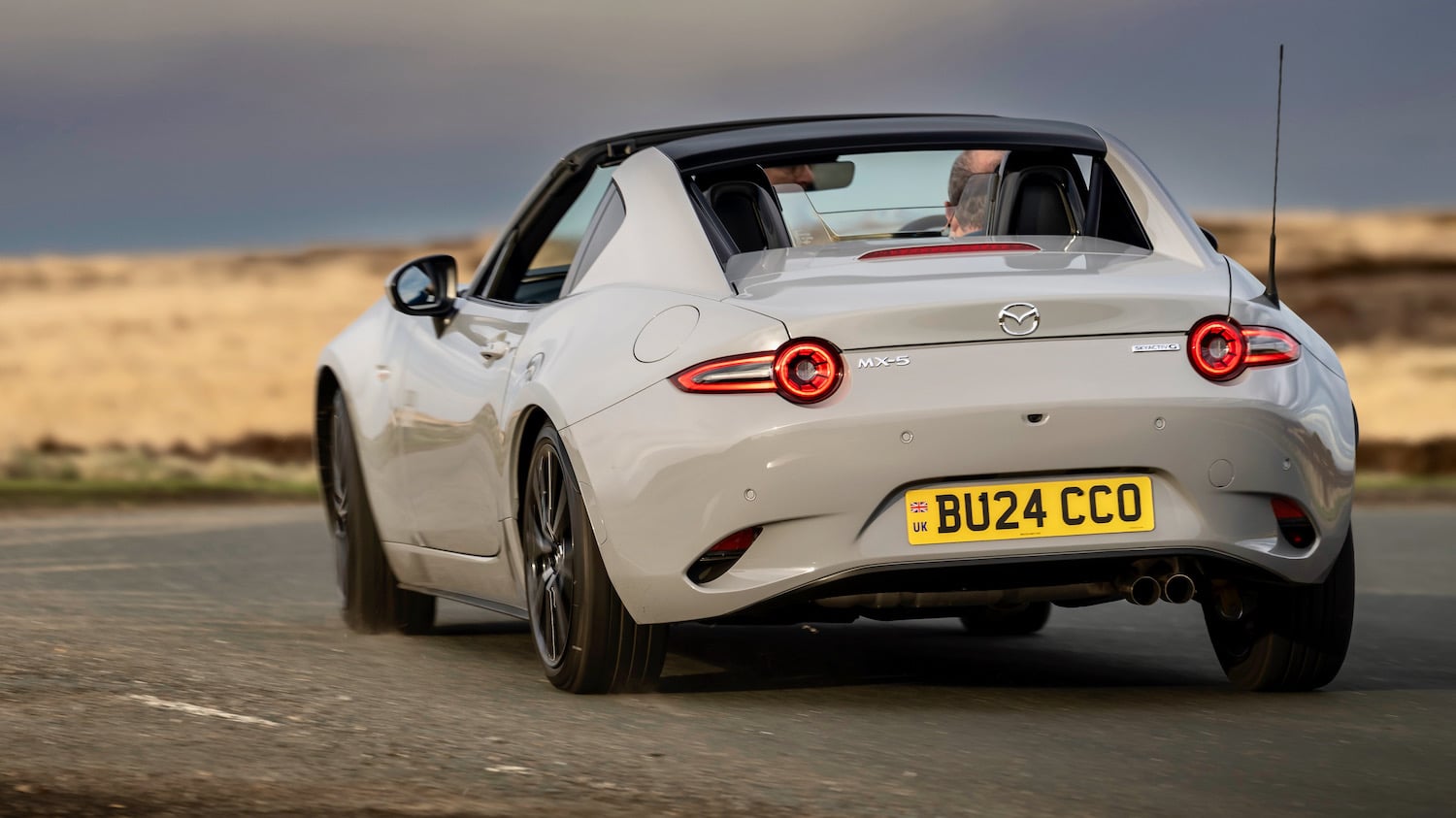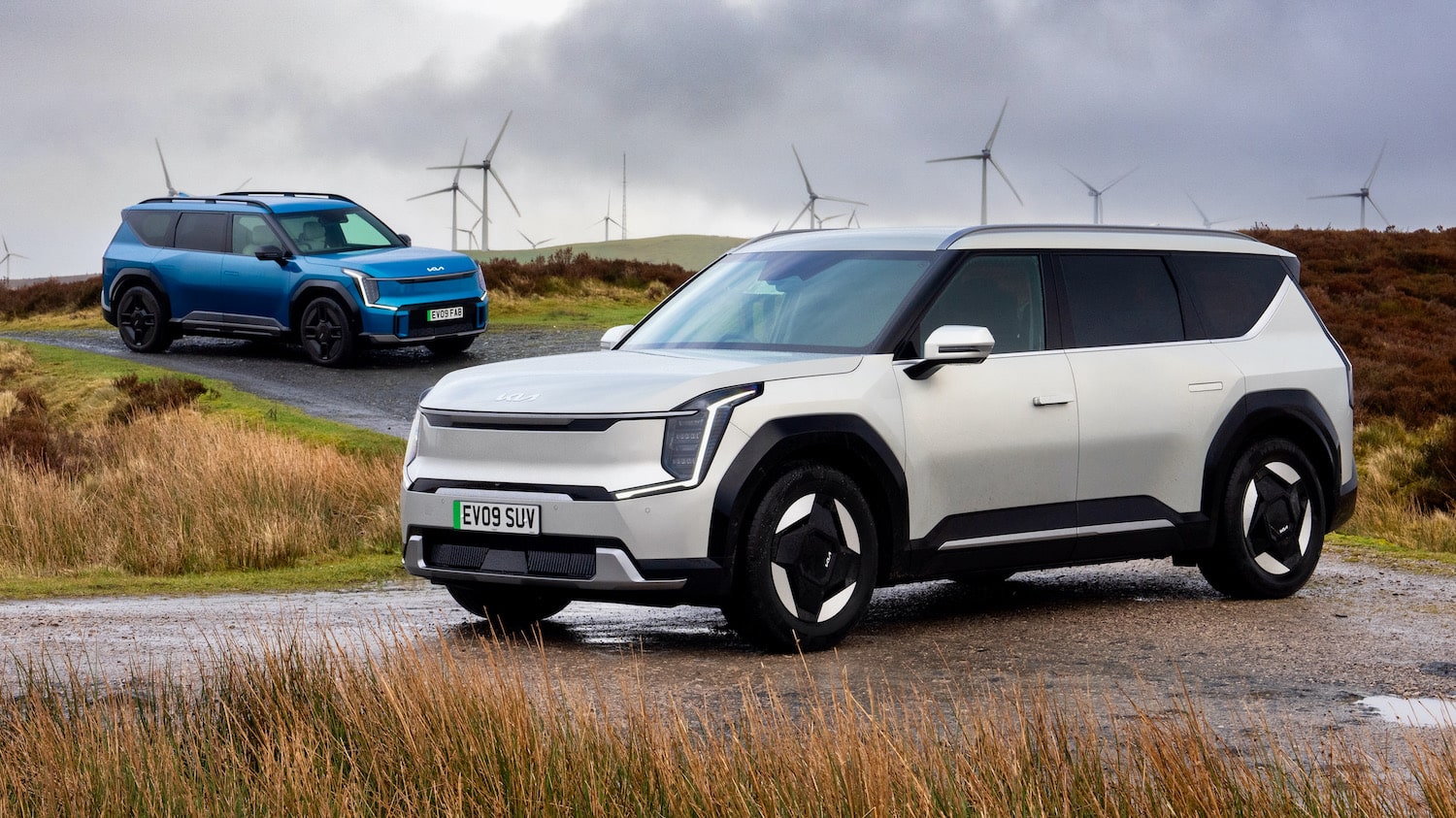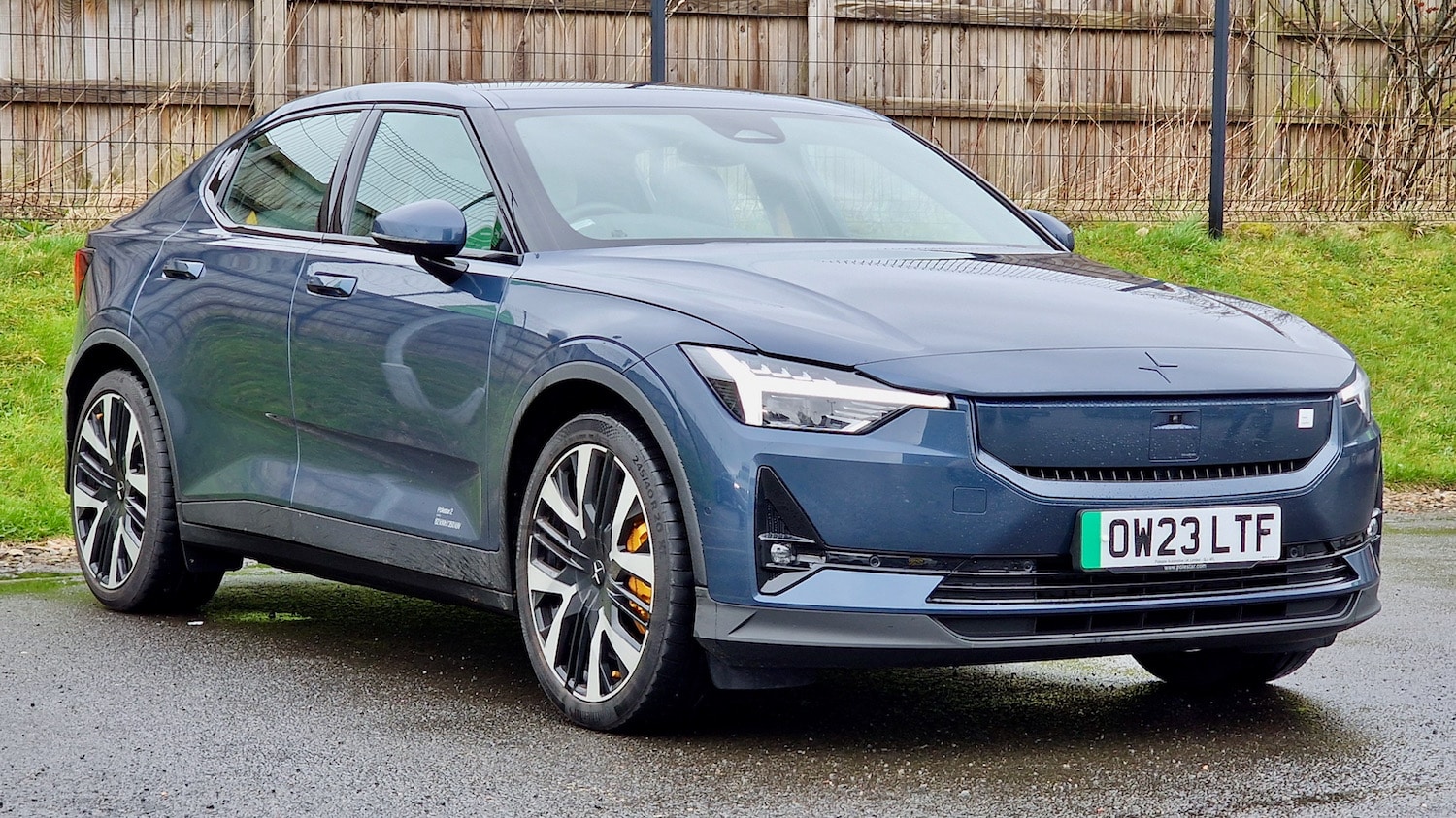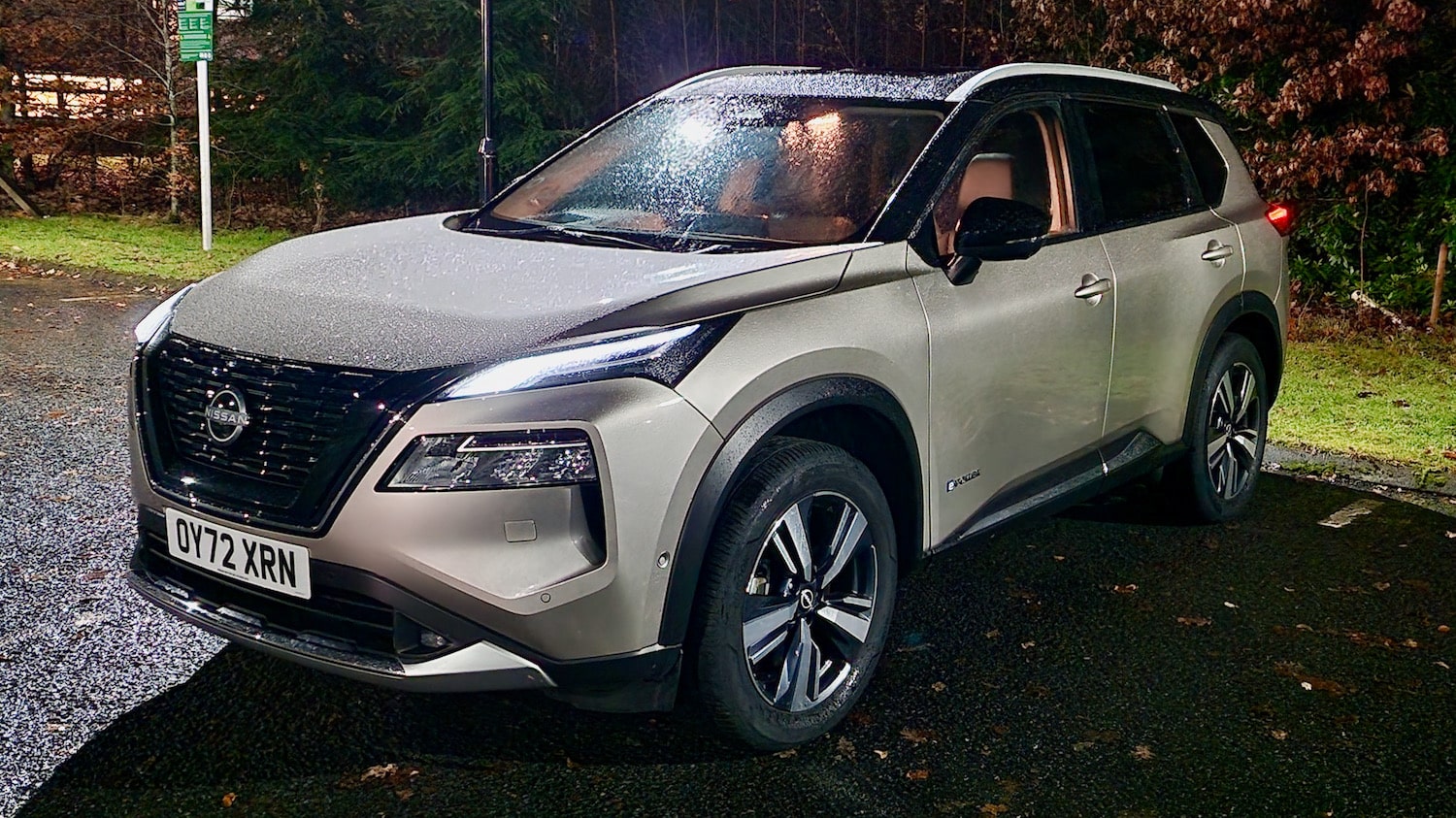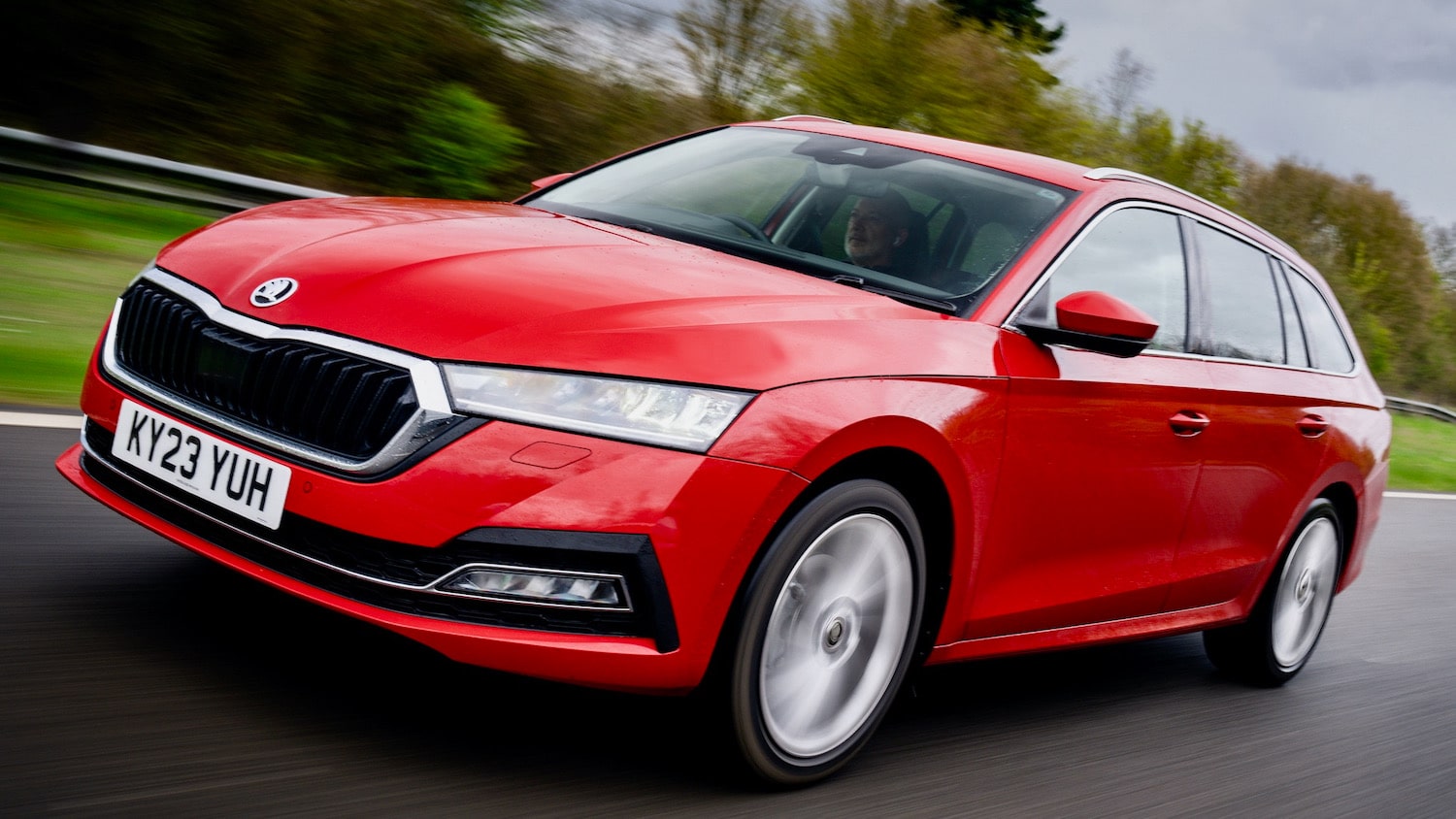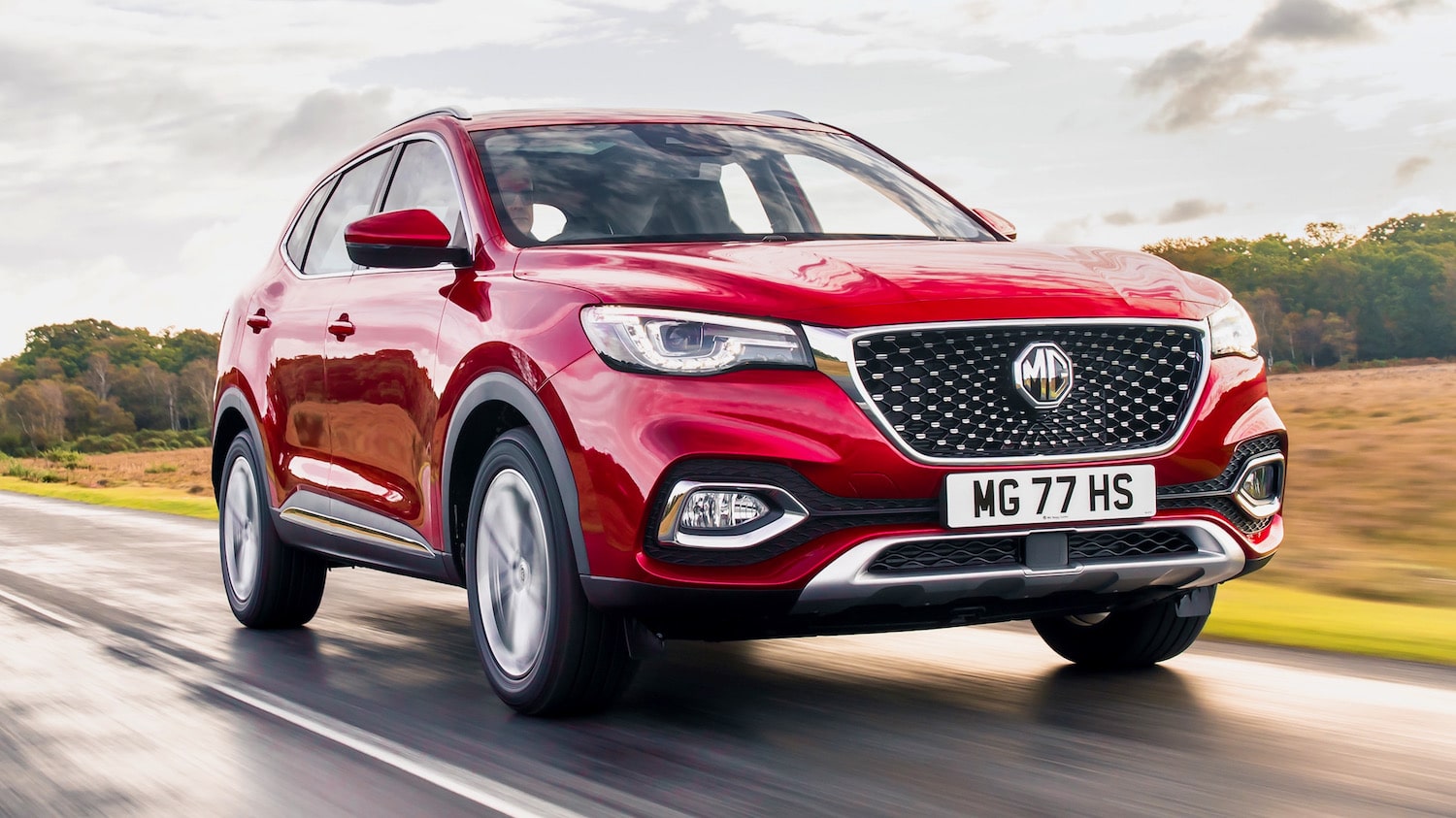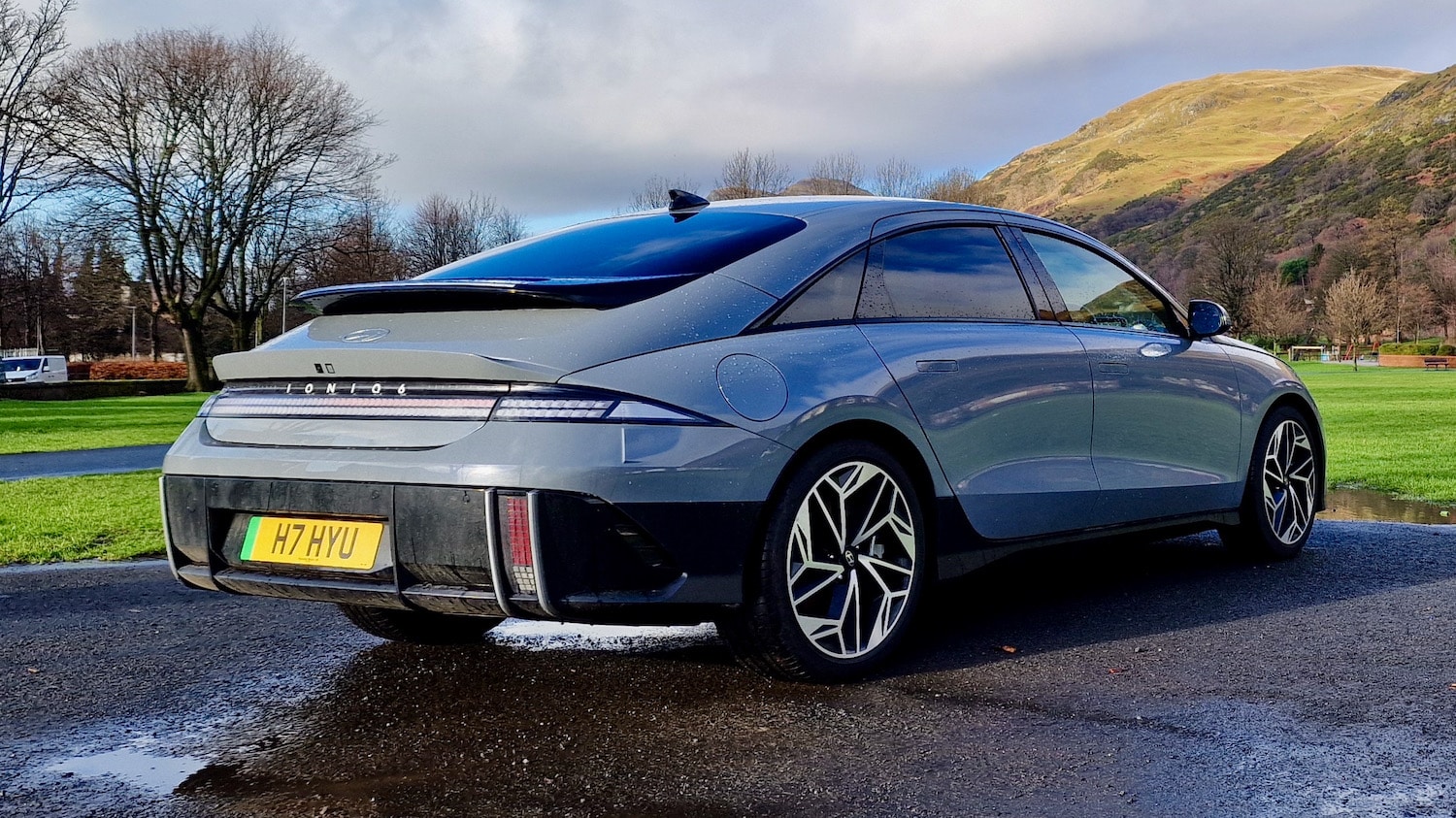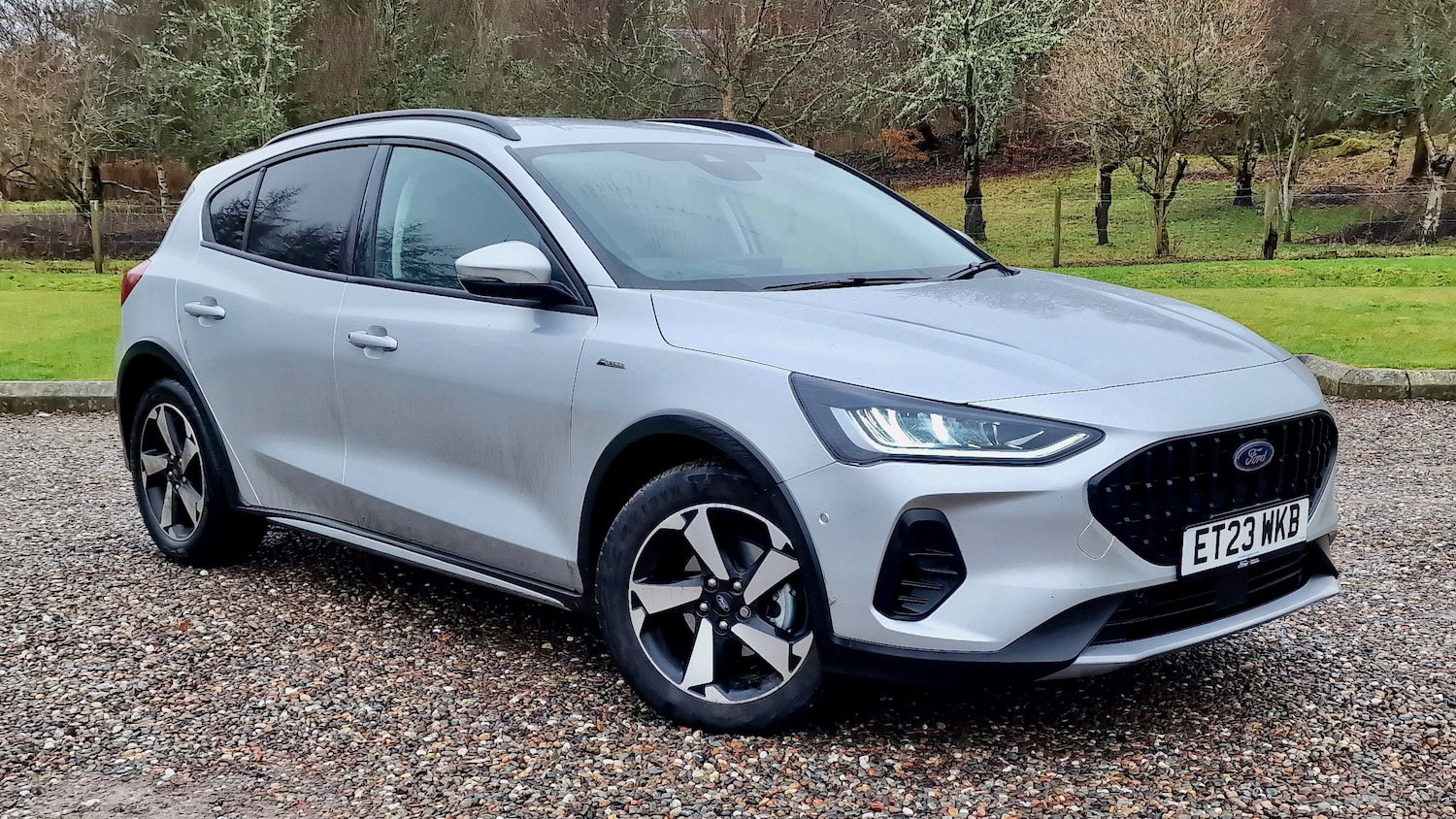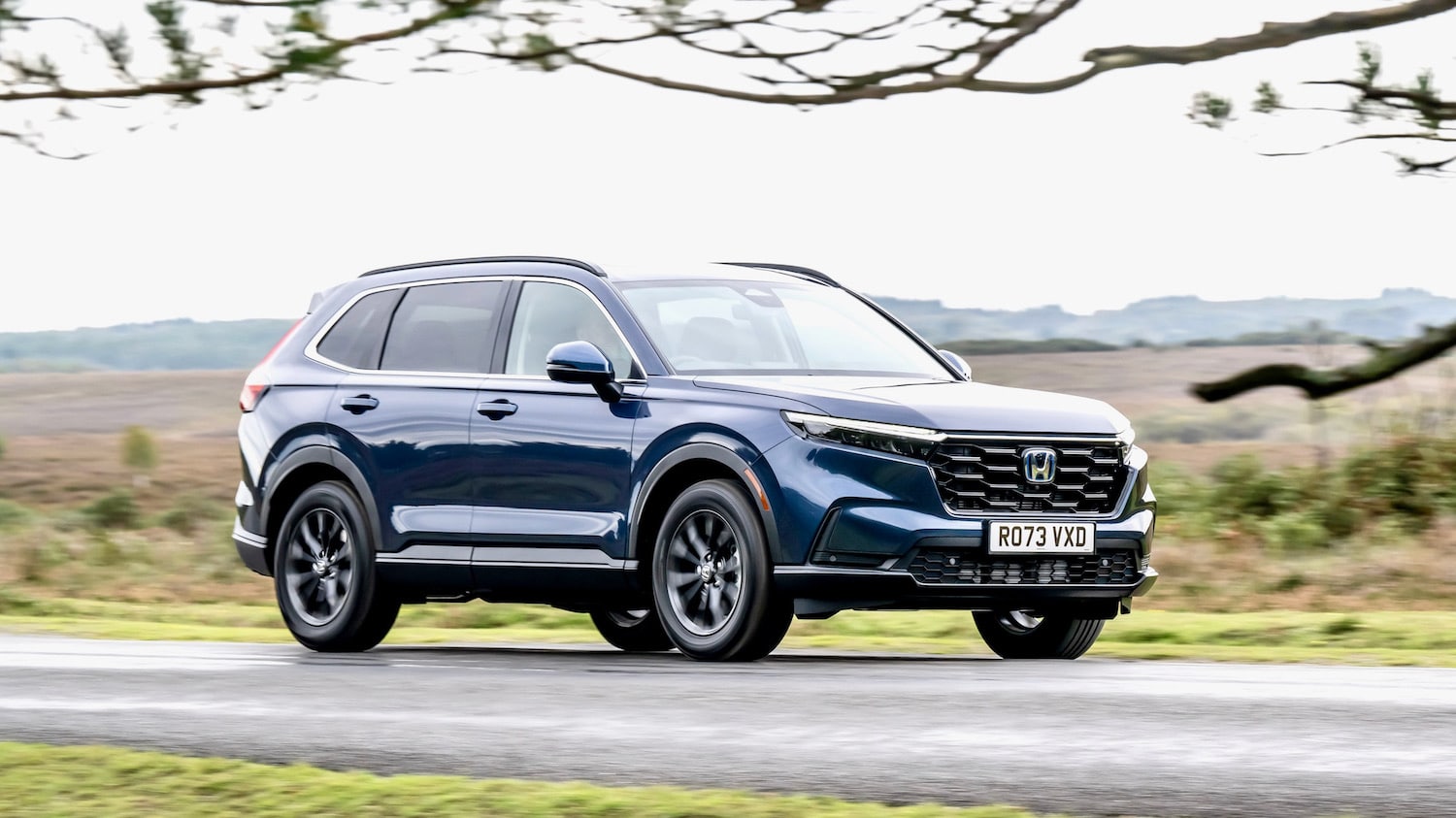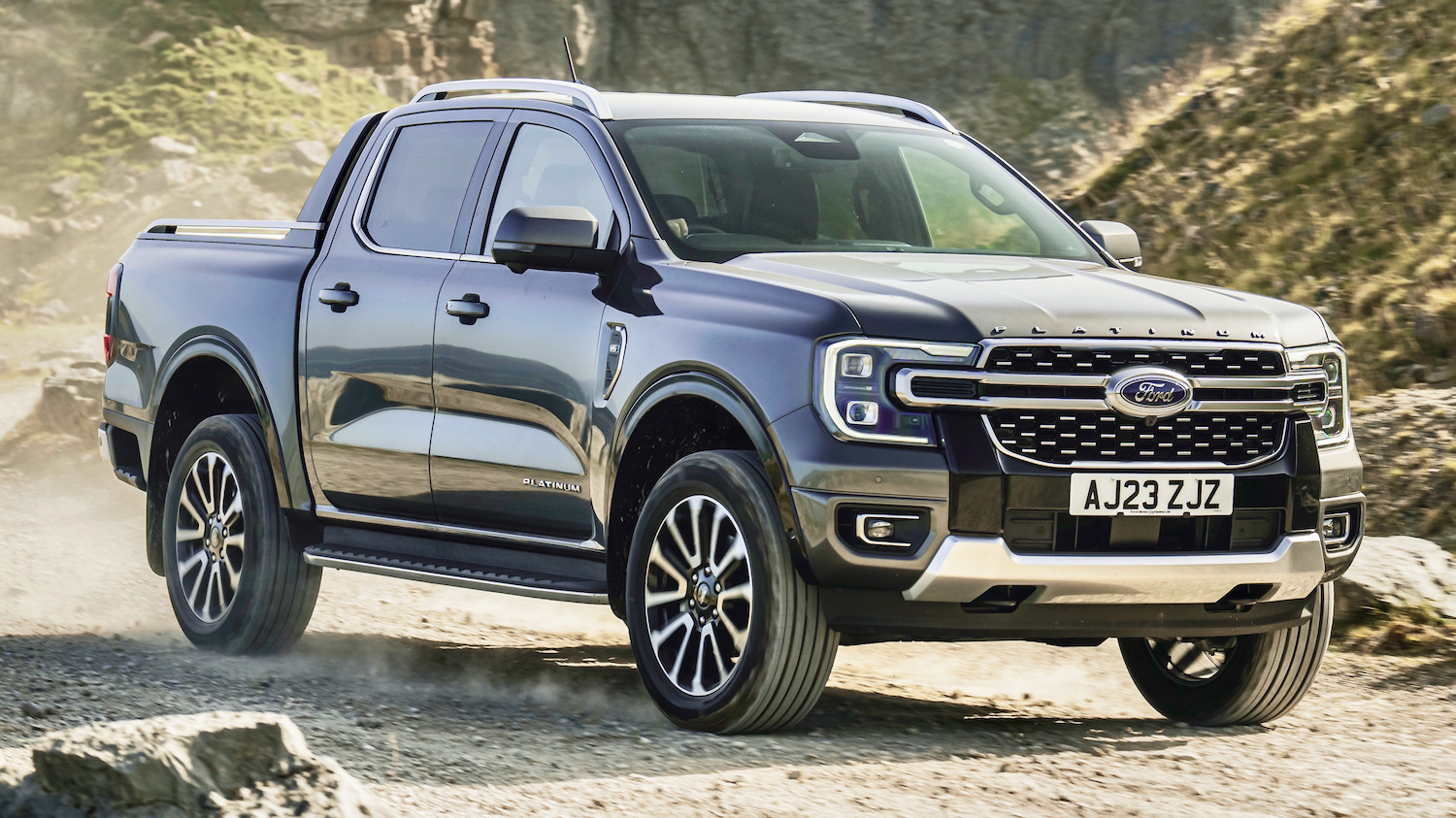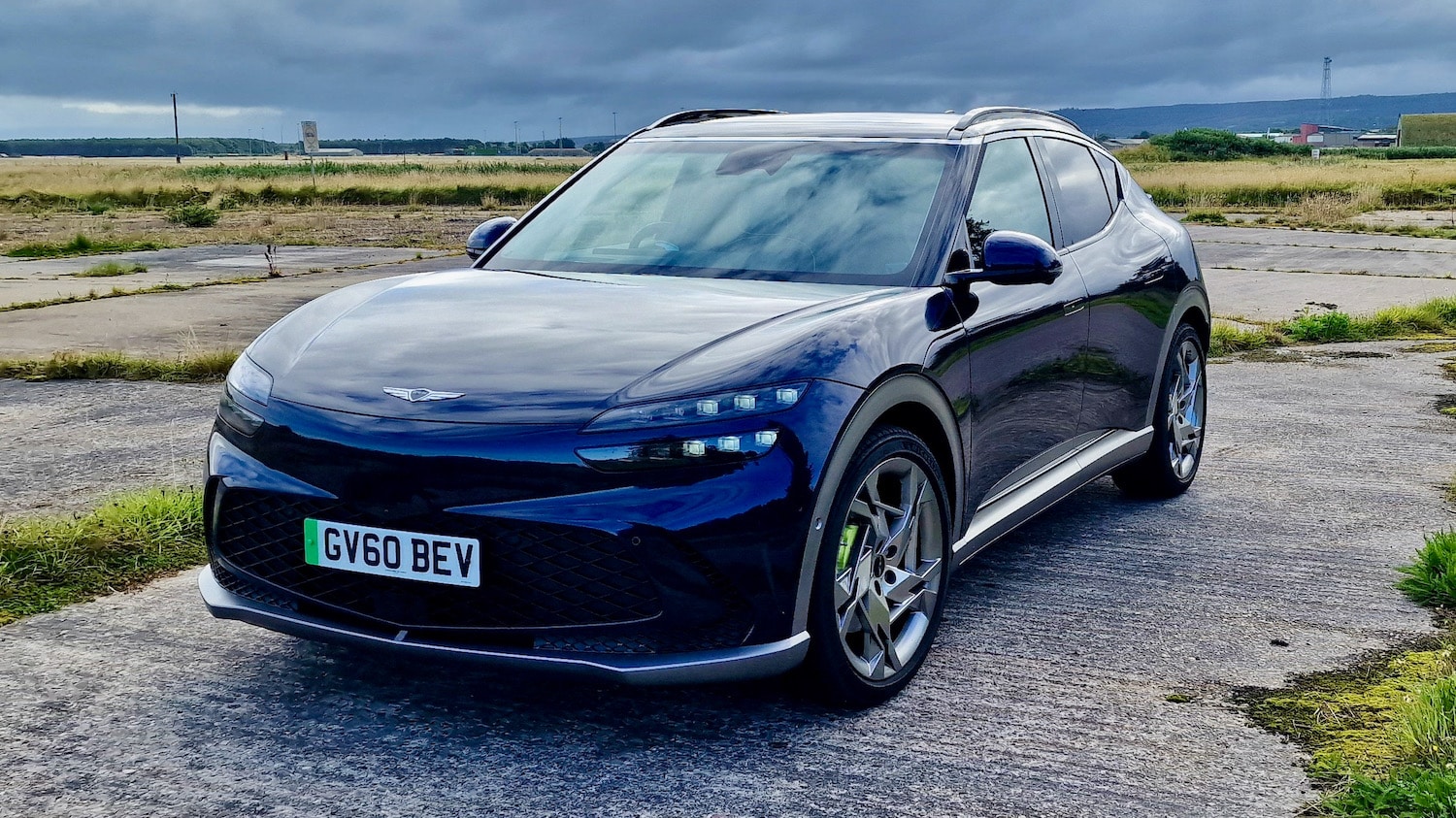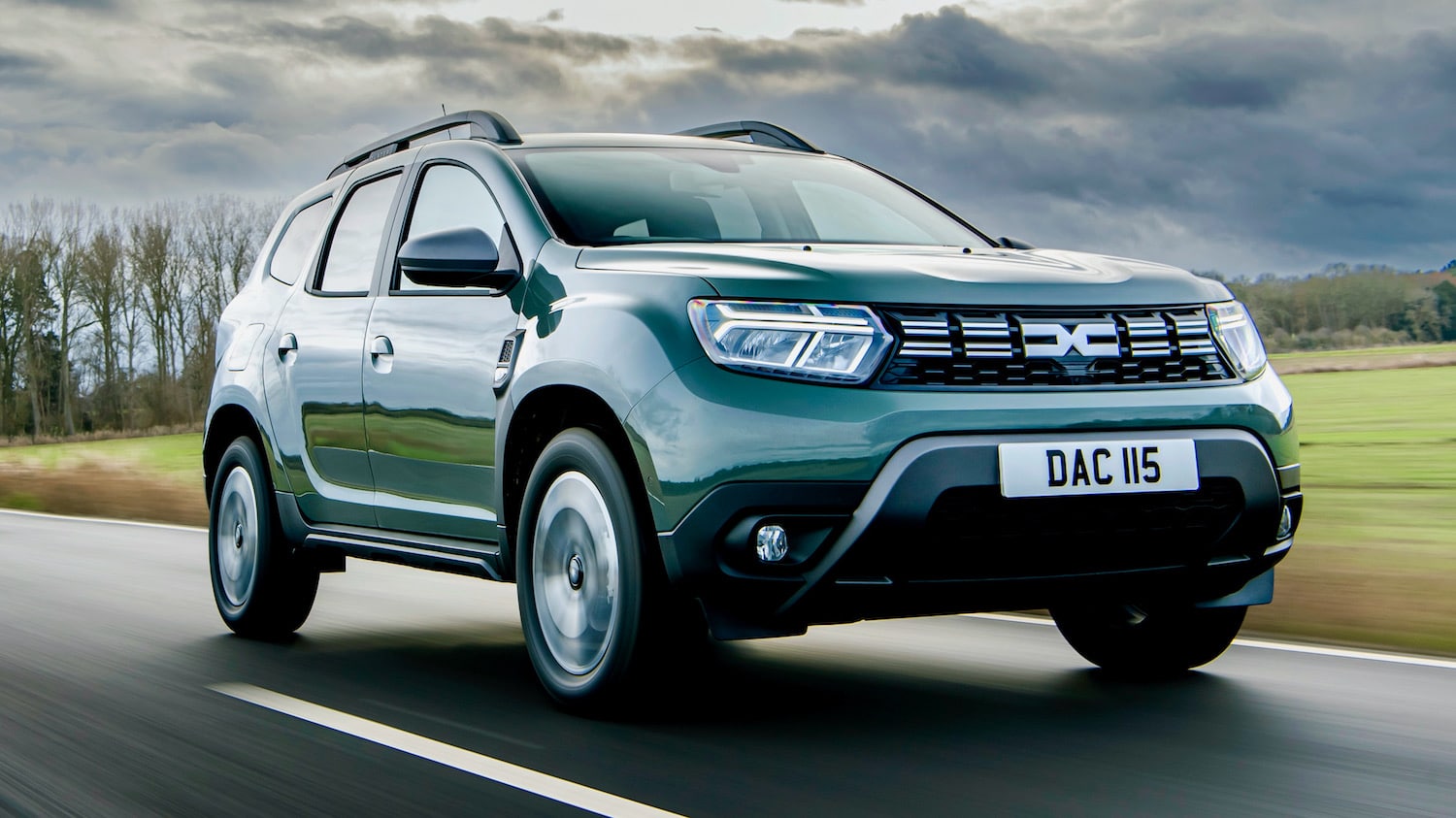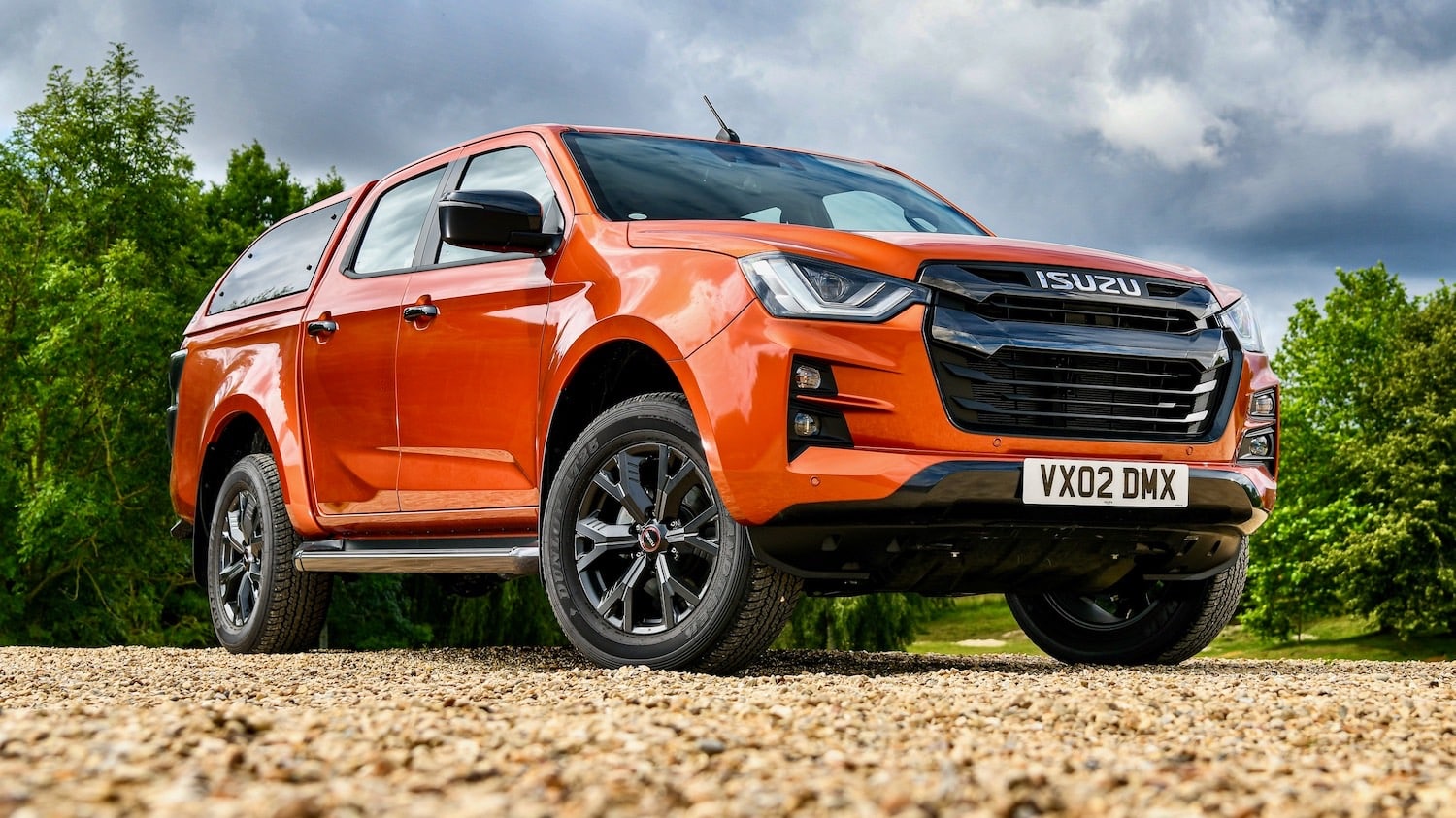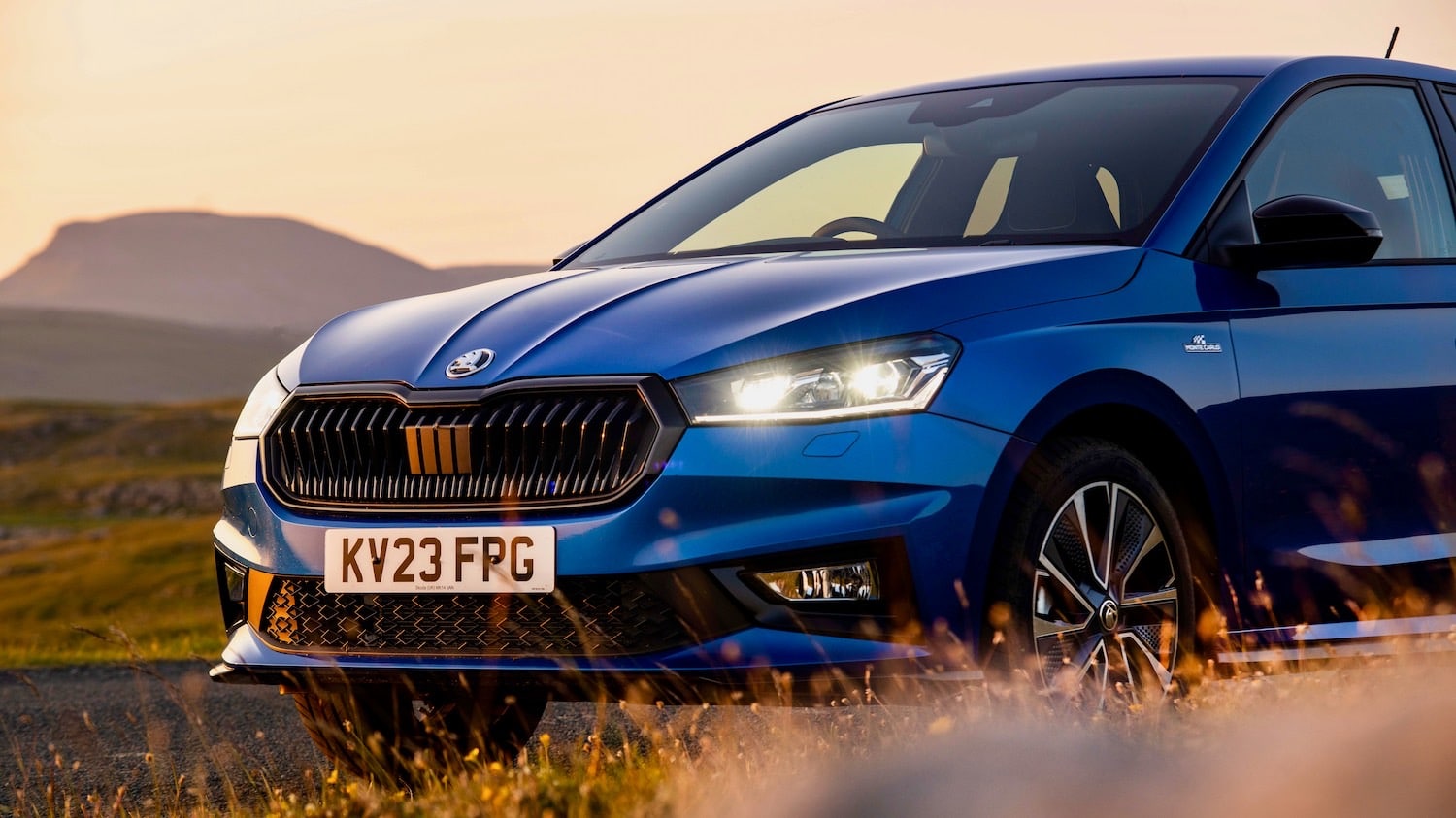Super cool looks and the Toyota Prius are not words that often fit together in the same sentence, let’s be honest
But now they do. Take a look at this smart new 5th generation Prius that I’ve just been driving in Japan. Like wow…would you not agree?
Let’s say it bright and early, it’s a Toyota Prius, Jim, but not as we know it. Toyota clearly has gone in a completely new direction for its big selling hybrid champion which relaunched in Japan last winter with this striking new body style.
And it works. Out have gone the geeky looks of Prius’ past for a completely new lower, sleeker profile that has to be one of the coolest new cars Toyota has designed in ages. At least, to this pair of eyes, and everyone I’ve spoken to.
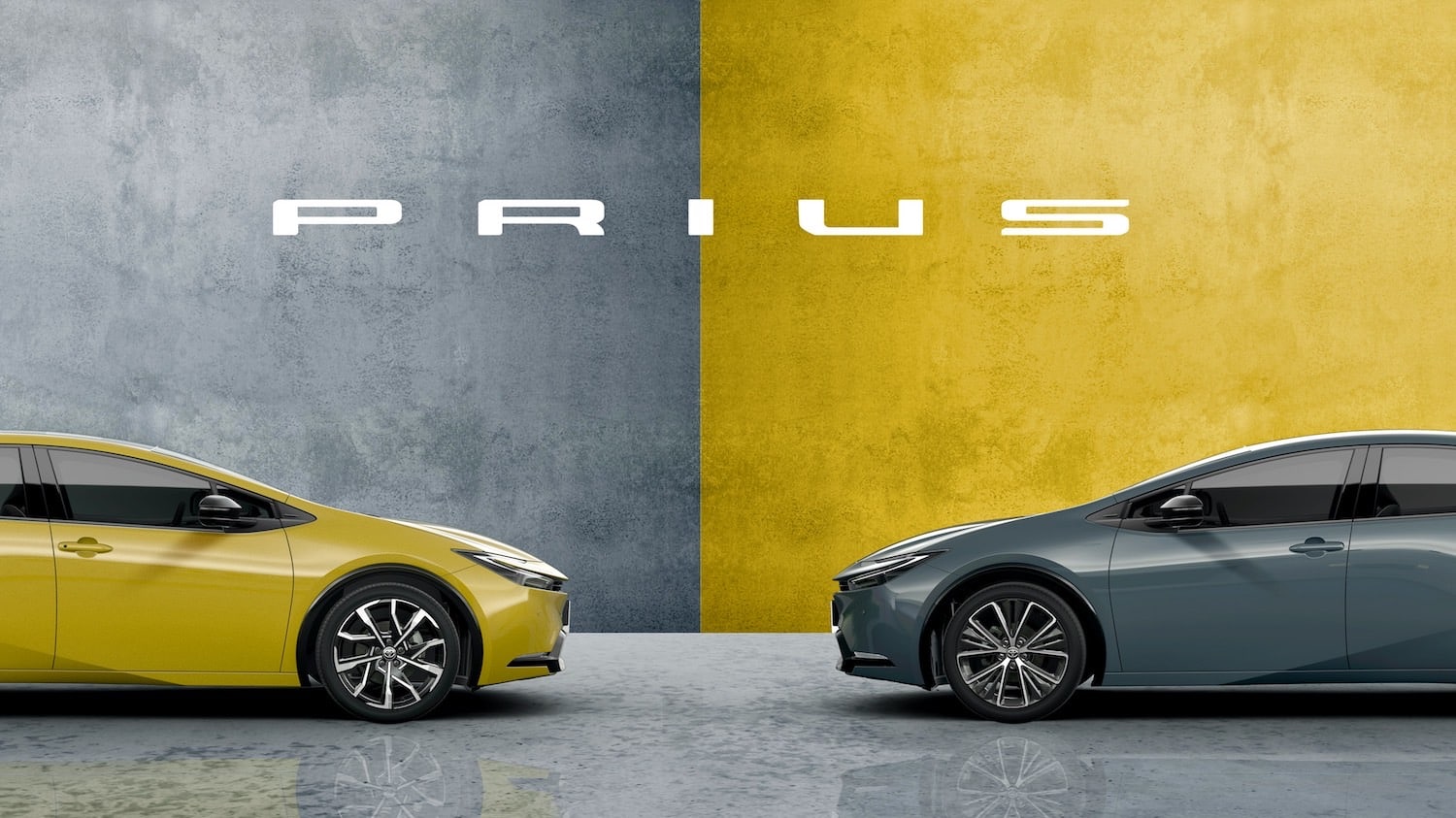
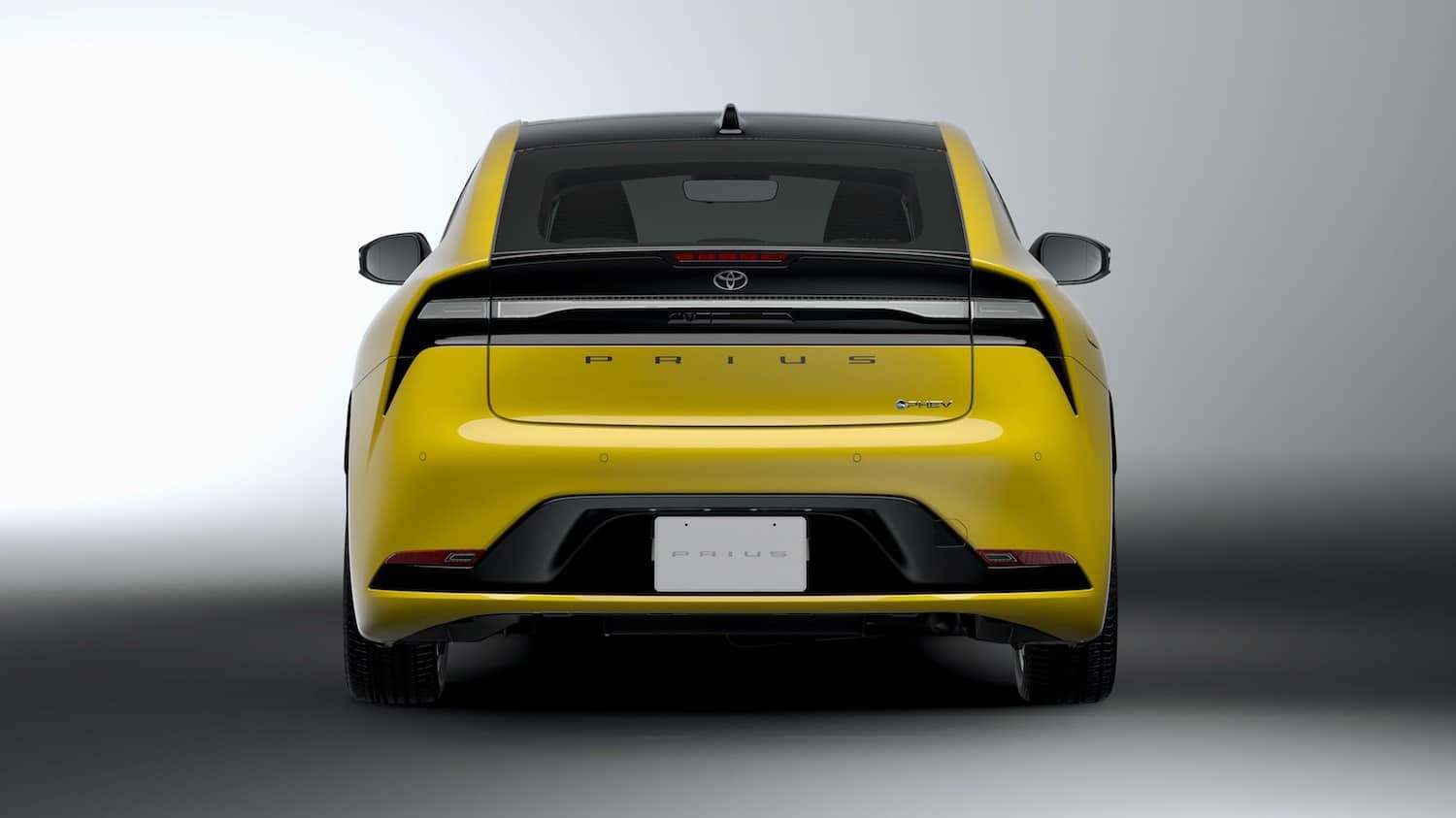
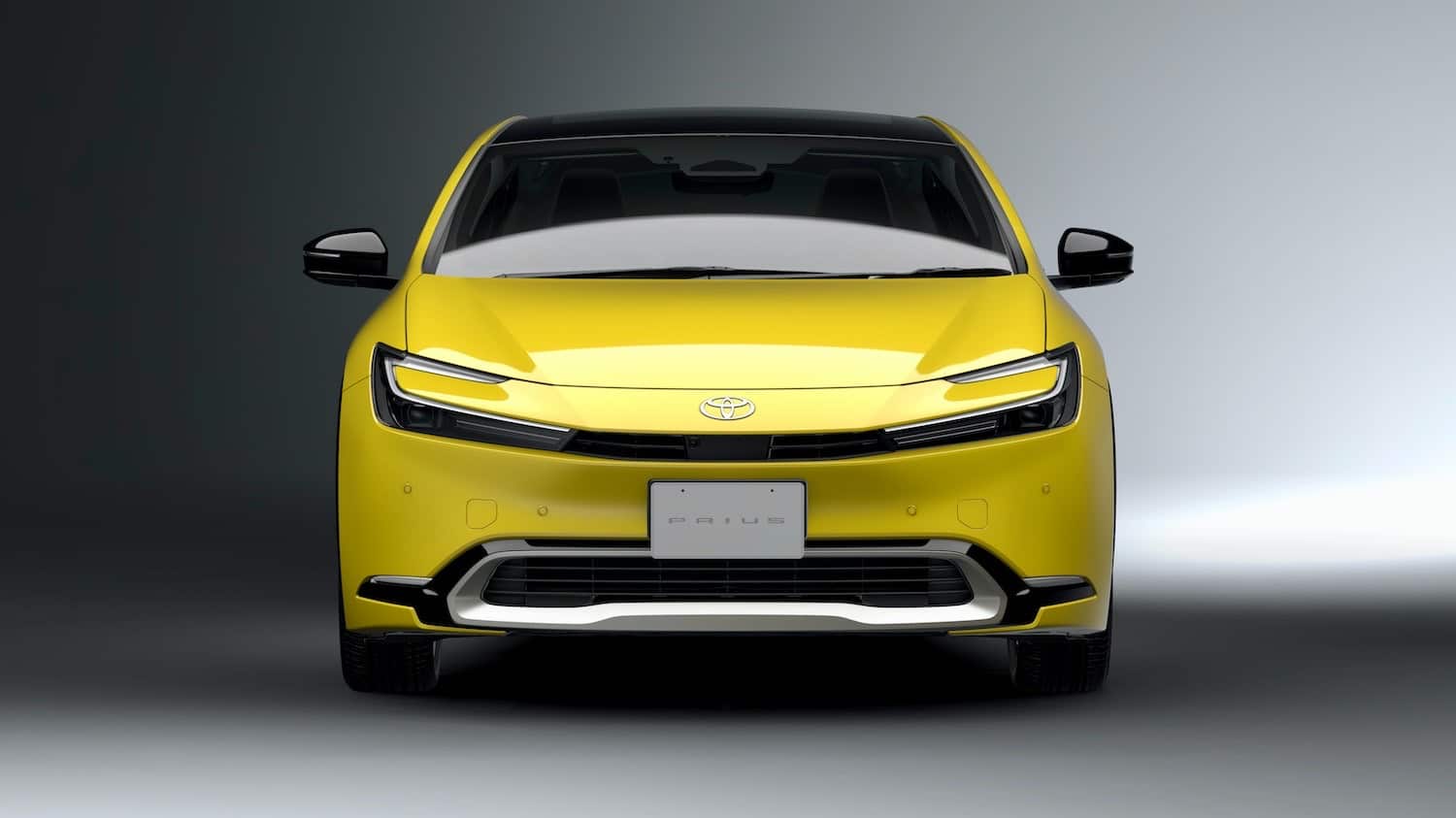
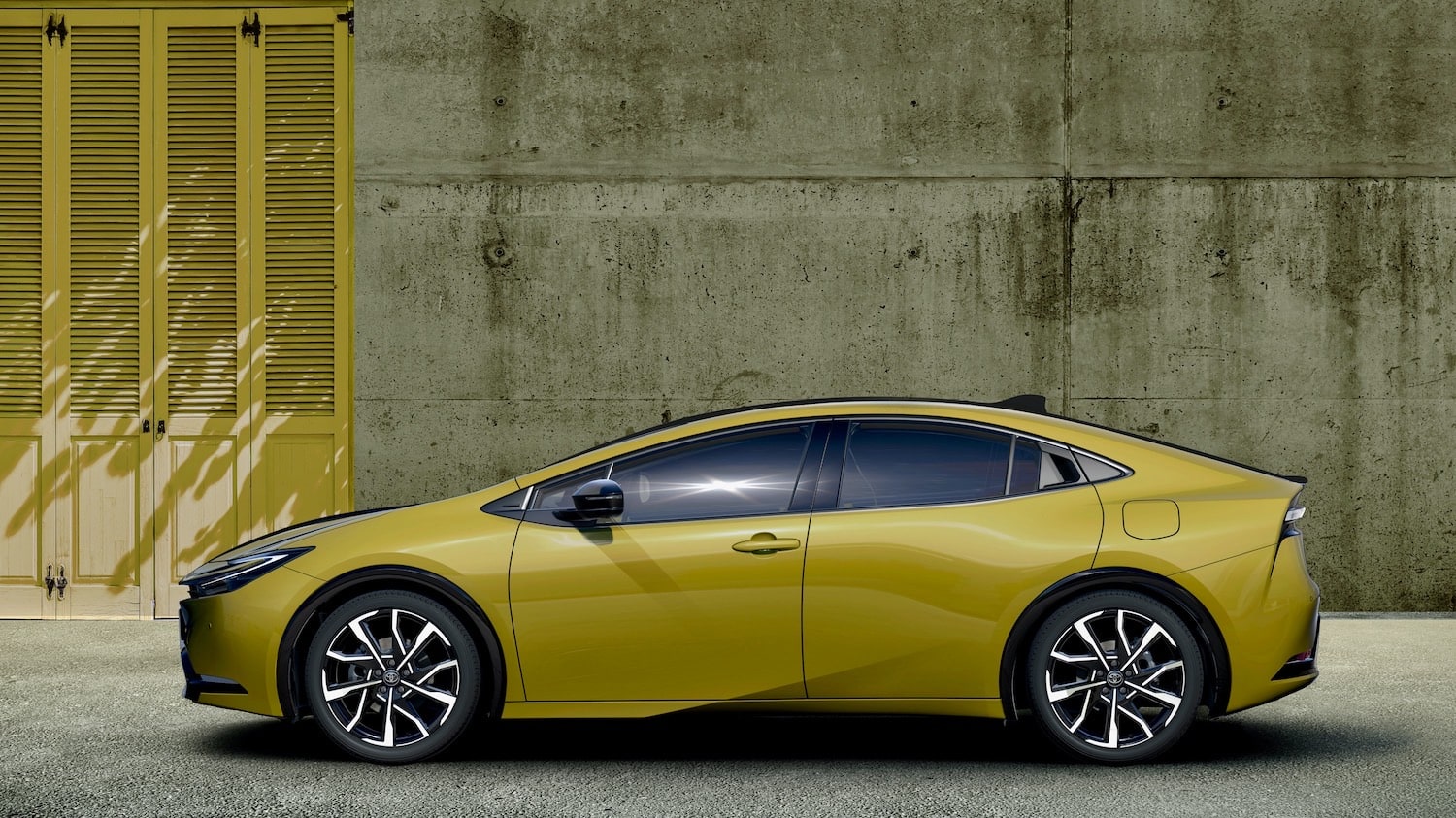
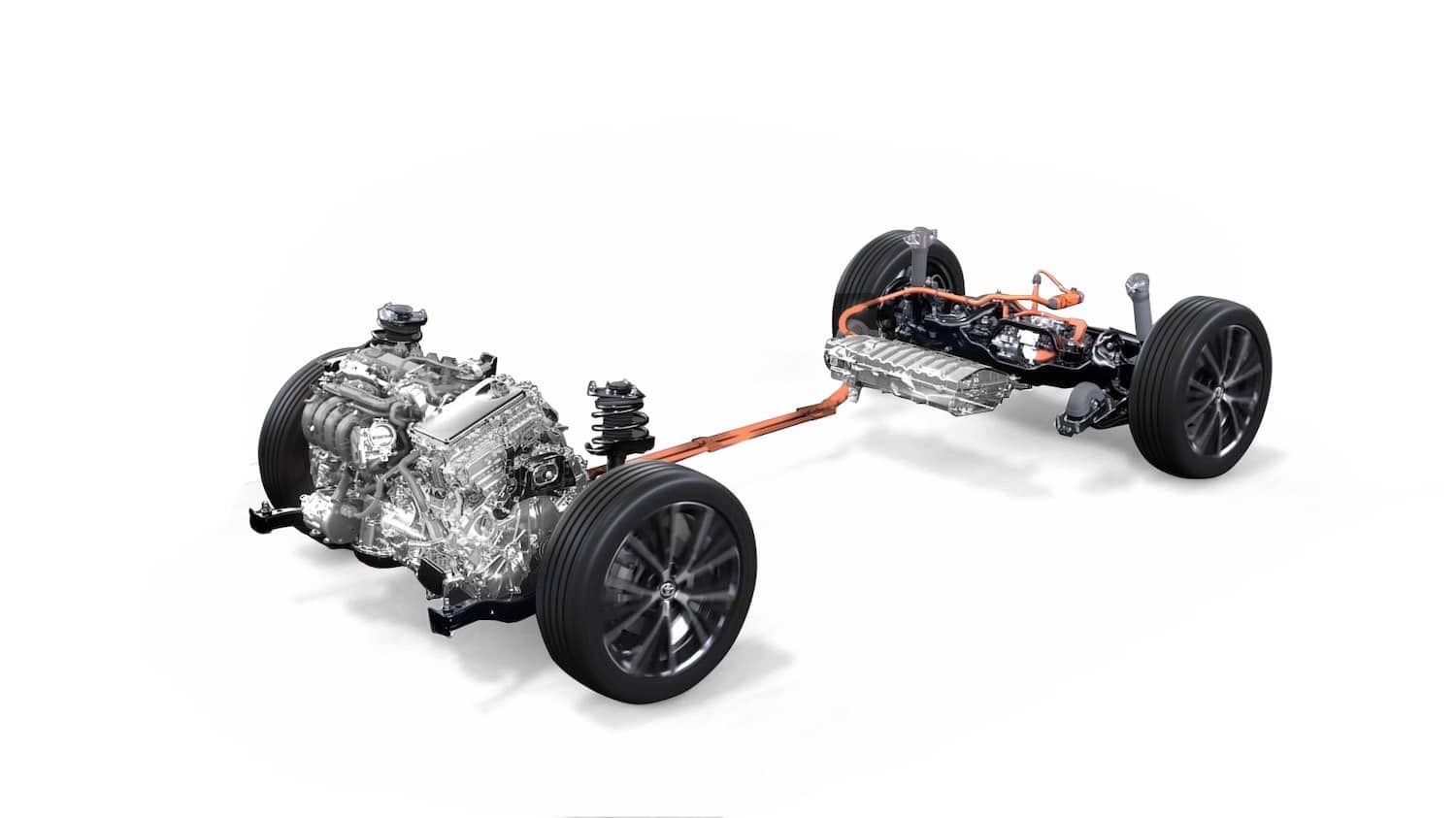
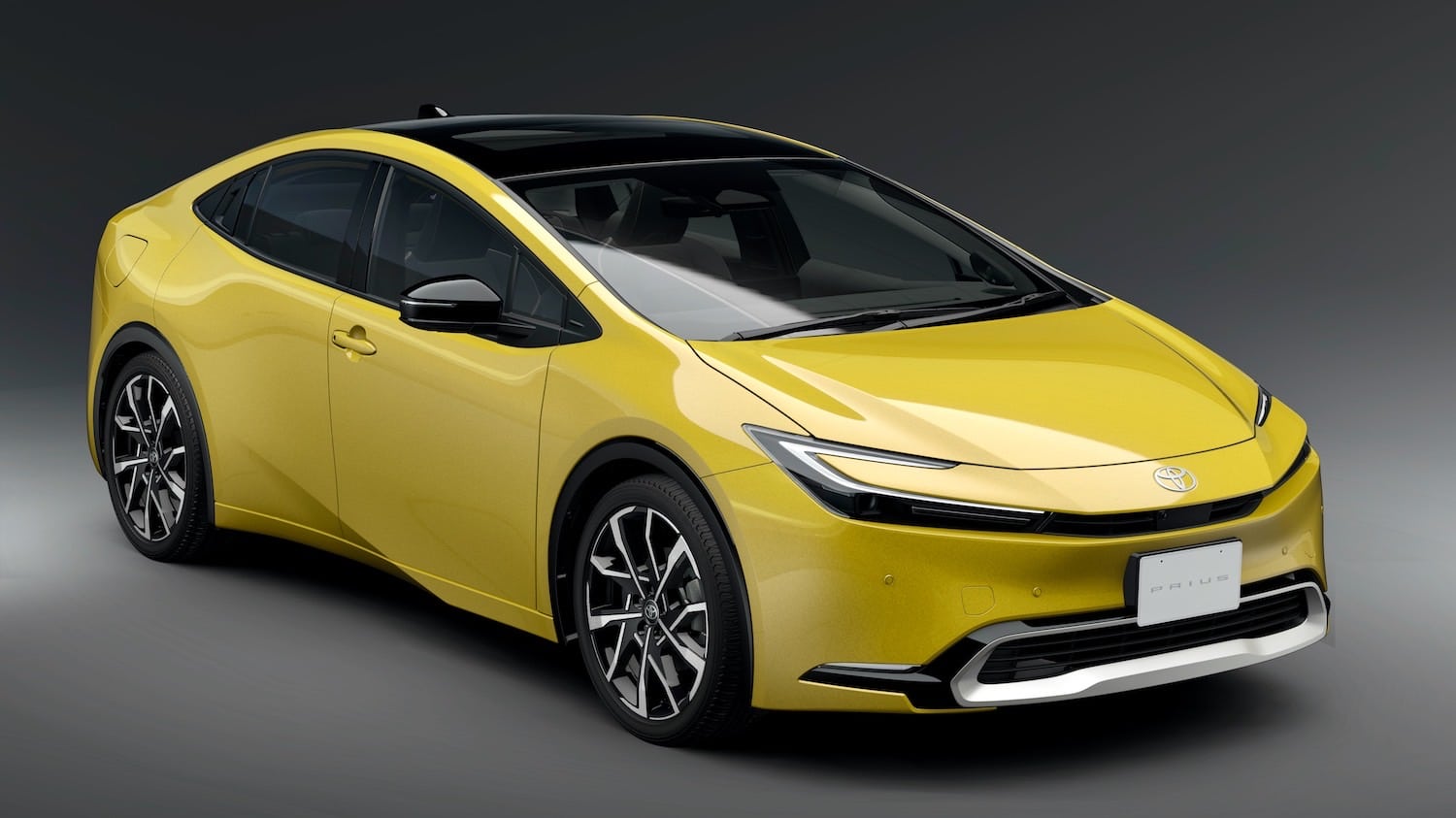
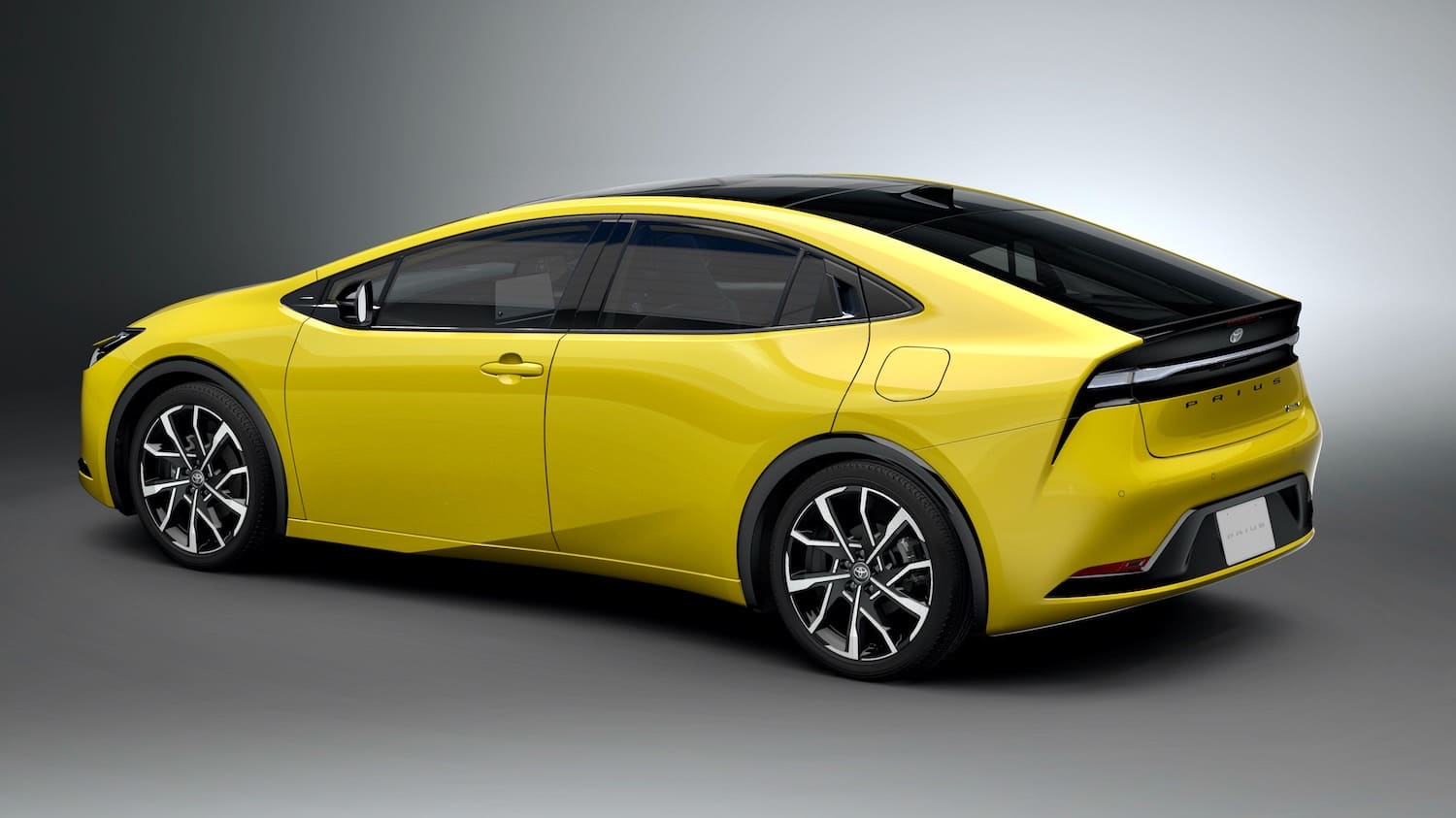
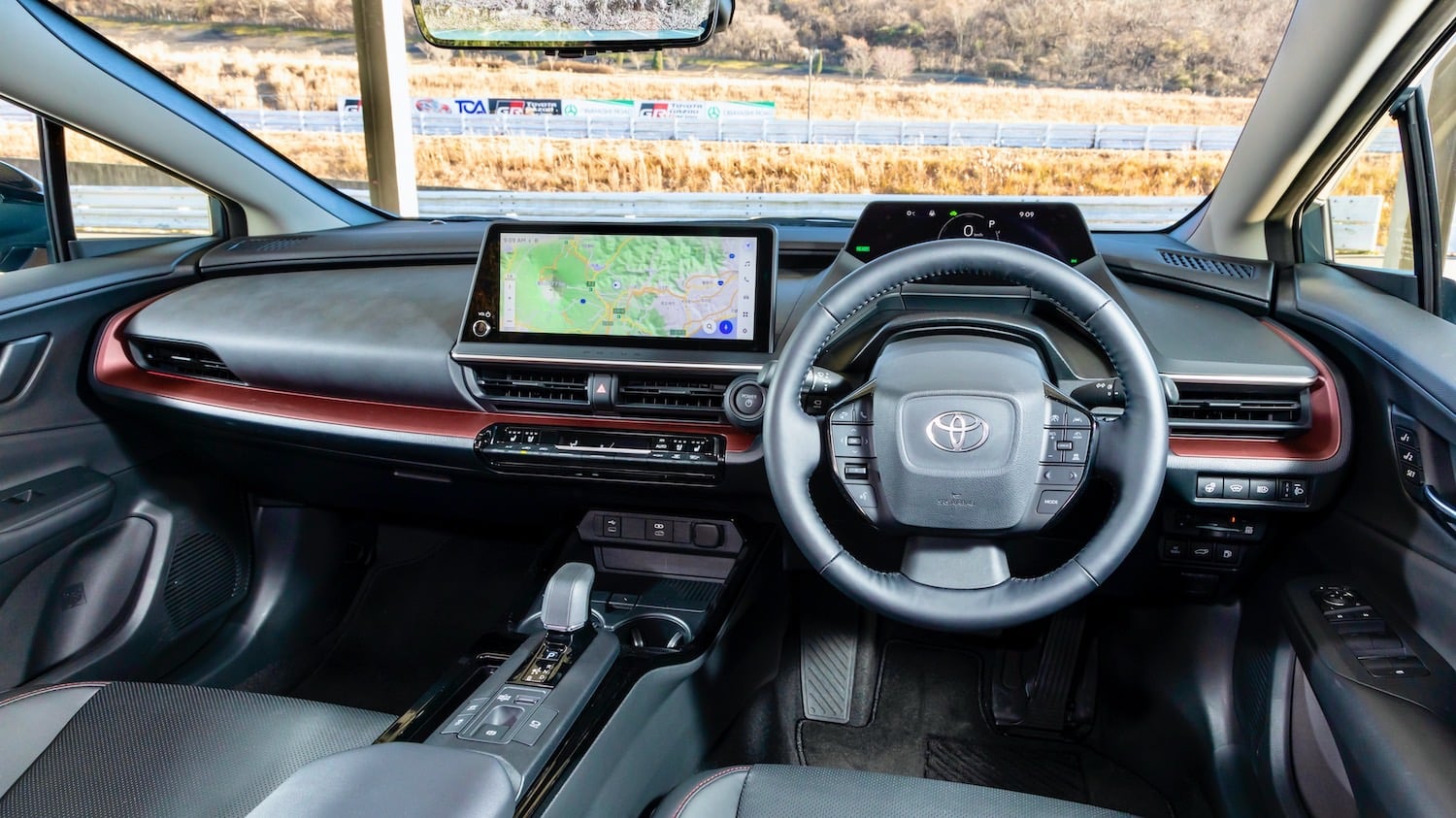
But there’s a catch which we’ll come to later. Actually, make that two because Toyota GB initially said it’s not going to take this new Prius. Word had it that with petrol-powered sales supposedly winding down, Toyota wanted to go all in on its forthcoming new gen C-HR hybrid model which itself is quite a looker.
Makes sense, perhaps, but the unfreezing of the 2030 petrol engine ban has reportedly prompted a re-think at Toyota GB. We now read that this new shape Prius, the car you see here, will come to the UK after all, one imagines in 2024.
What to expect? Well, a very different car to the Prius you’re used to. Toyota itself admitted it faced a dilemma. Whether to make another functional eco car, a commodity, if you like that could once again function as a taxi.
The design team however argued for something different: a visually desirable new generation hybrid that you would want to buy over and above purely rational, environmentally-based considerations. Remarkably, the design team won out and general consensus suggests they’ve delivered on something pretty special.
Maybe not everyone will be convinced, though. Eco stalwarts who defiantly embraced the unsexy nerdiness of Prius’ past may not welcome a more fashionable upscale Prius which, at a glance, could be mistaken perhaps for a Tesla. Which of course is electric. Ouch…
Don’t be confused: this new Prius is definitely not pure electric. It packs a highly refined new version of Toyota’s proven petrol-hybrid powertrain of which there are three choices in Japan: 1.8-litre hybrid; 2.0-litre hybrid; 2.0-litre Plug in hybrid.
Of this trio, only the new Prius Plug in will be heading for Europe, some say. On the Japanese market, this has a 164 kw (223 ps) system output, almost double that of the old model plus claimed pure EV driving range of some 54-65 miles.
Today in Tokyo, though, I am in the mainstream Prius 2.0-litre hybrid. In 2WD form, this musters a lesser but still competitive 144 kW (196 ps) output.

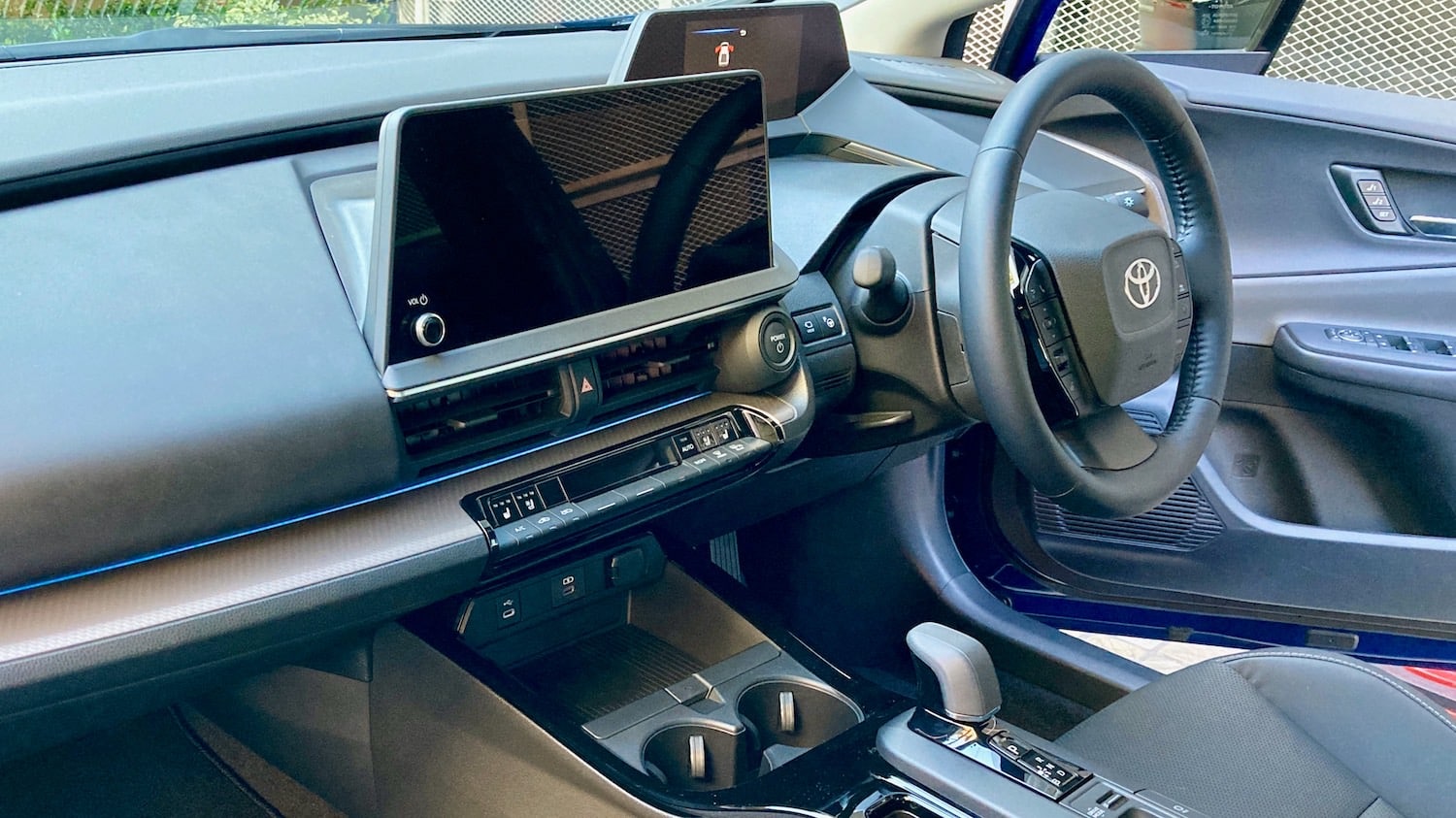

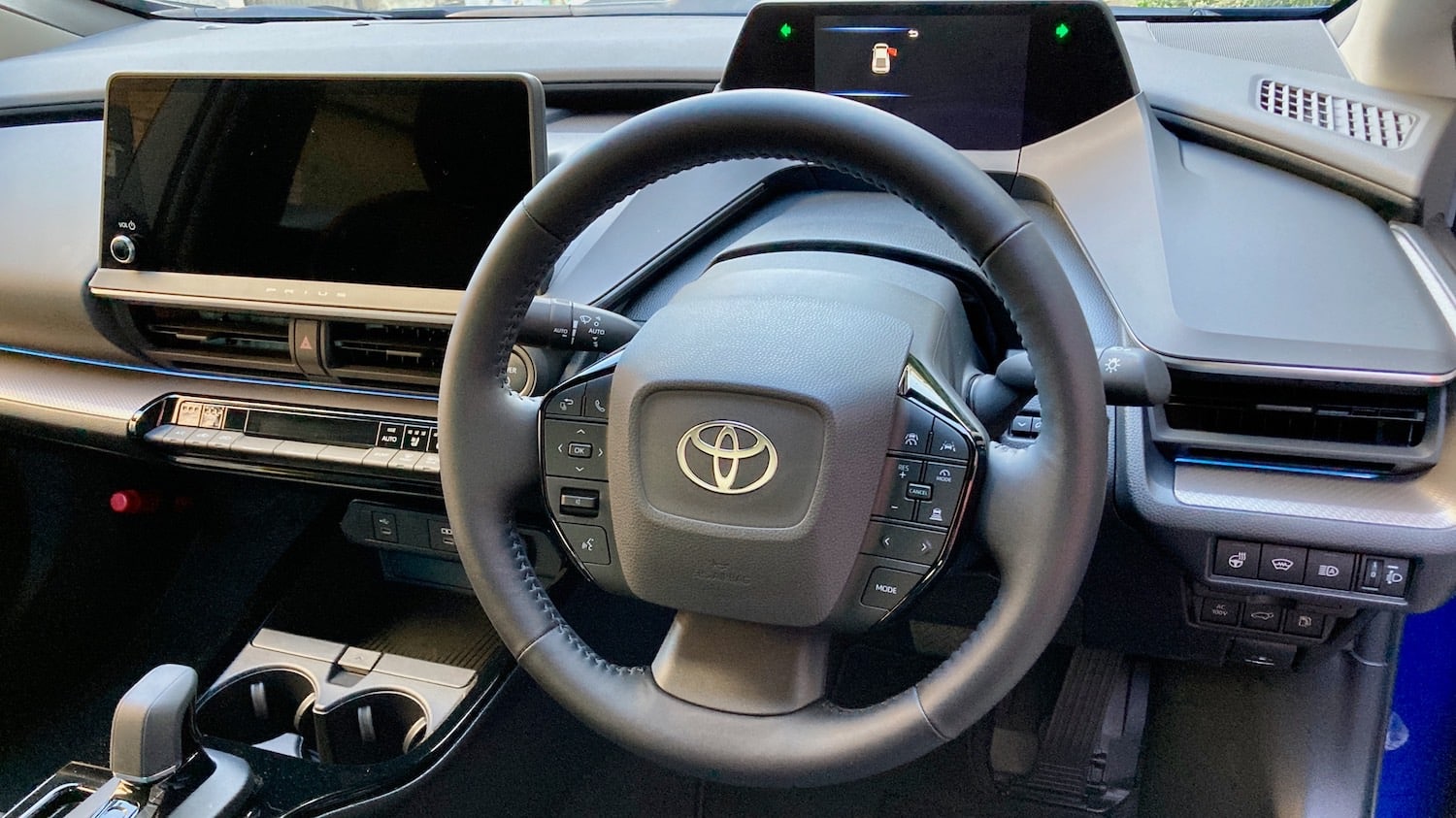
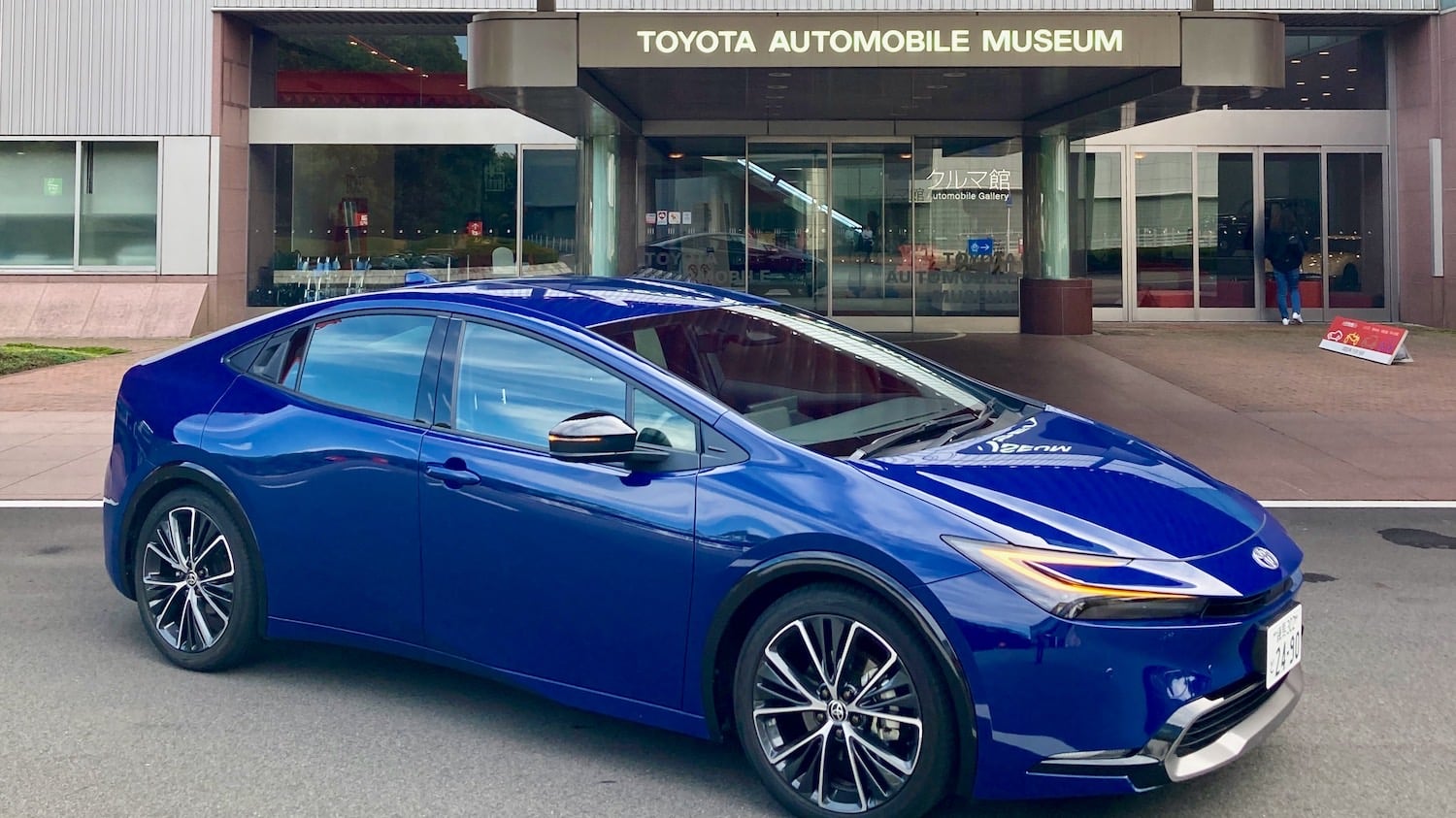
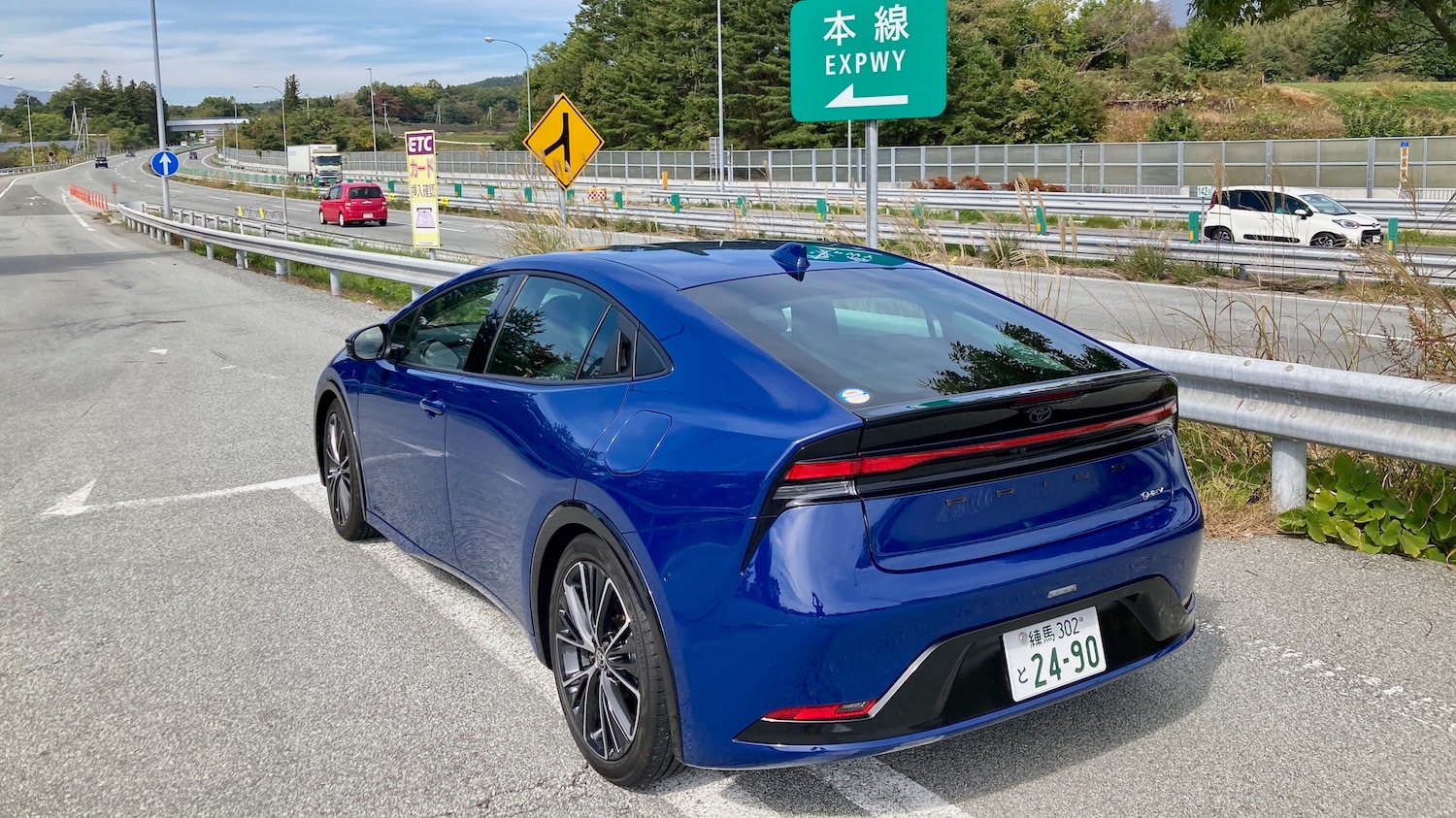

This gets slightly recalibrated again to a peppier 146 kW (199 ps) with the Prius in E-Four (4WD) guise, as tested here with 19-inch tyres.
While the Prius is nominally front-drive, with this E-four (electronic on demand), system, there’s an extra motor on the rear axle to provide extra grip, when needed.
Time to go. I pick up the Prius from Toyota’s long serving Suidobashi base in Tokyo then set the sat nav for Nagoya and the world class Toyota Automobile Museum nearby.
There I have an exclusive rendezvous with the legendary Toyota 2000 GT convertible from the 1966 James Bond epic, You Only Live Twice.
Remember that car? Of course you do. The Bond 2000 GT convertible is just amazing. So incredibly cool and of course, priceless.
Like the UK, Japan is an island nation that drives on the left. Japan was one of the first to install speed cameras back in the ‘80s, but these are kids stuff compared to the overpowering armory of CCTV cameras now stationed around the UK. You have to pay to use to use the motorways in Japan where traffic jams used to be infamous. But with many new roads, bridges and tunnels now built, traffic generally flows far more freely these days.
Speed limits, however, are low, below that of the UK. On the other hand, in cities, there are no congestion zones, ULEZ or LTNs to worry about…

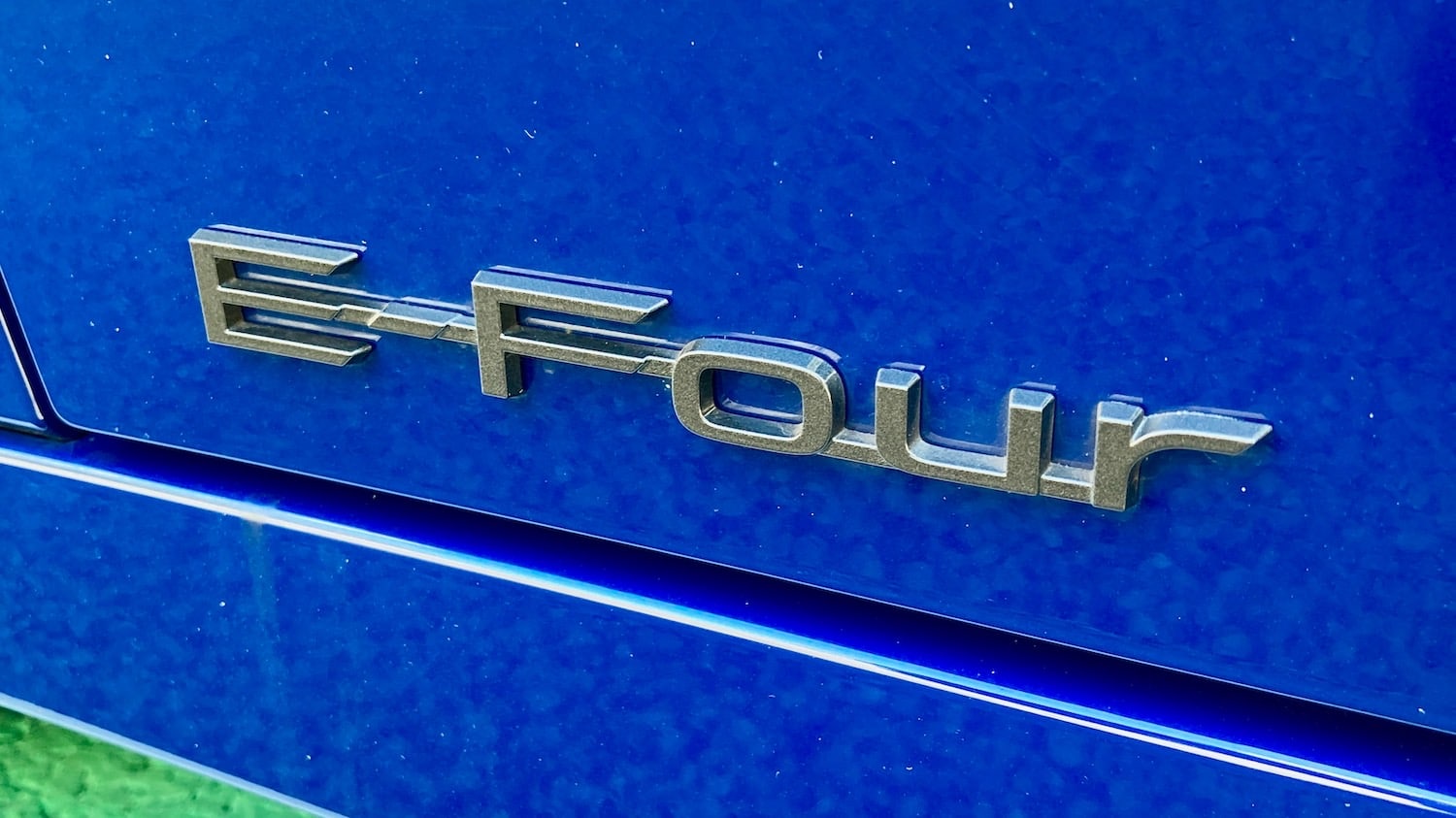

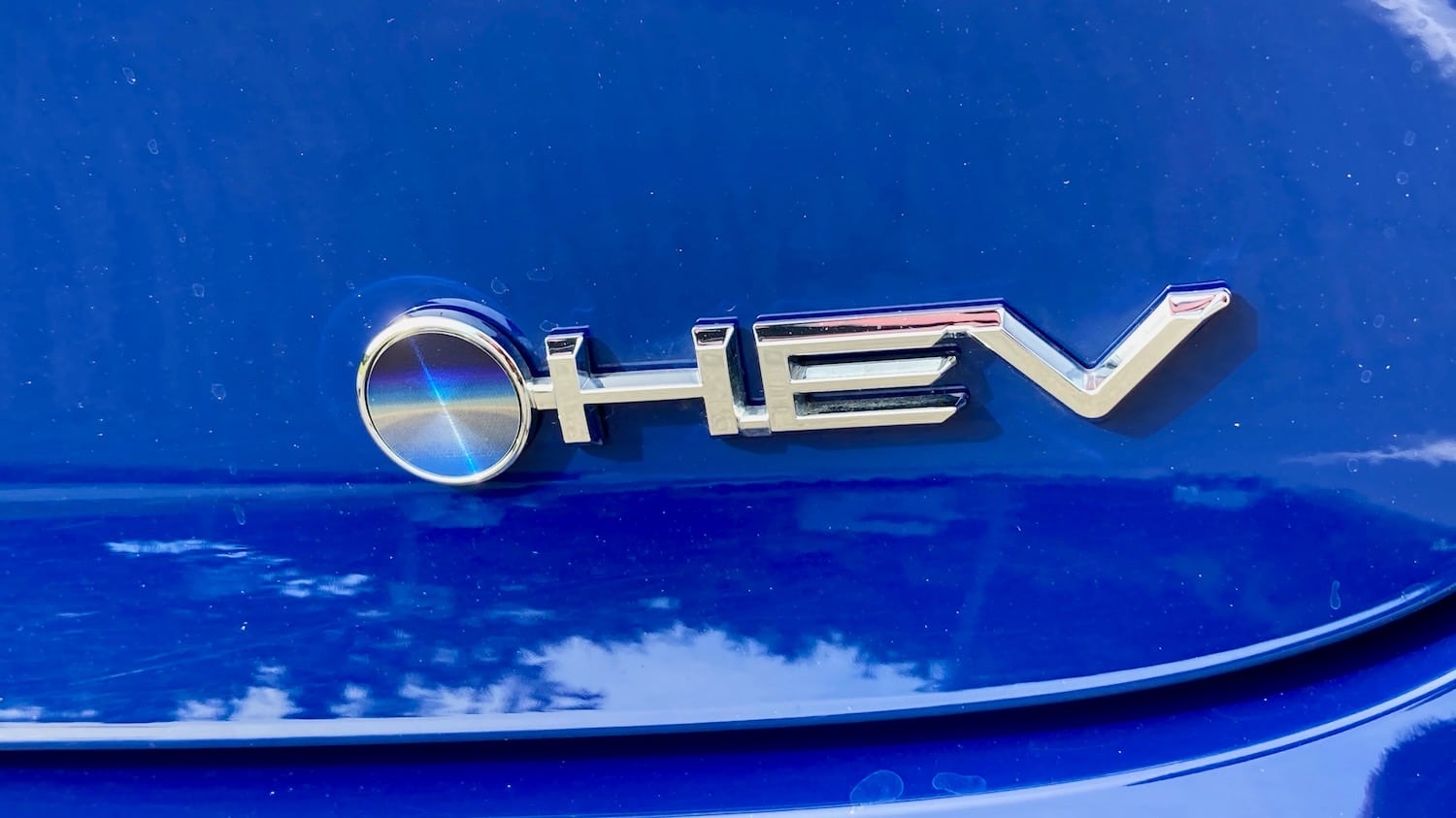
Under way in the Prius, several things soon come to bear. First, the car is extraordinarily smooth and refined to drive. So long distance no problem and of course, whisper it, no EV-style ‘range anxiety’ to stress about as Toyota’s fifth generation hybrid system seamlessly cycles its way between petrol and battery power, or mix of both.
Secondly, Toyota has gone big on around-the-car sensors so the system is continually flashing up electronic images of what’s around, especially cars following right behind. You or may not be up for that kind of thing.
Adaptive cruise control works brilliantly, however. Also, the Lane Departure software thankfully is way better/more subtle that some recent Asian cars I’ve encountered.
The Prius driving position is comfortable, supportive and if you think you’ve seen the curious steering wheel arrangement (the wheel boss is just huge) and small digital panel up ahead, you have…
That’s if you’ve already encountered Toyota’s electric bZ4X SUV. The main layout and presentation are much the same. Overall, is it a winner? Discuss….
In the dash centre sits a smart, clear 12.3-inch infotainment screen and connectivity on this JDM car works well. In terms of cabin space, well, here we have one of the question marks hovering over the new Prius.
Yes, that new, low, sloping Prius roofline is gorgeous but the car sits significantly lower and the sloping C-pillar treatment does impact on rear headroom, no doubt about it. Rear knee space is also pretty tight, so maybe the new Prius isn’t destined to be much of a high mile taxi, after all.
A curio of this Japan spec car, perhaps, but in the decent sized luggage bay, there was no luggage cover so everything in the back is always exposed.
This is a completely reconfigured Prius, standing about an inch longer, an inch and half wider and, yes, sitting nearly two inches lower than its predecessor.
There are similar stretches in wheelbase and front/rear tracks as well, as this new shape Prius is based off a second generation edition of Toyota’s eco-based TNGA platform.
Toyota talks about increased body rigidity and how the Prius has been reconfigured as a new generation sports saloon.
Maybe something’s been lost a bit in translation here because on this showing, in Japan spec, the Prius is far from being the tight, incisive sportster we might perhaps imagine. BMW can sleep easy at night.
It is softly sprung, designed for ease and convenience, riding road bumps well. But handling is languid and it’s no great shakes when threaded through a succession of good corners. That said, on 19-inch wheels it has good grip.
That’s with the Prius set in ‘Normal.’ You need to engage ‘Sport’ to liven up the action. Immediately, the suspension stiffens, engine response becomes keener and the Prius becomes more proactive in responding to steering inputs. Yes, that’s more like it…
You can also select ‘Eco’ to maximize system fuel efficiency or customize the Prius dynamic set up yourself.
Here and now, in JDM tune, steering is super light and much lacking in feel. At the helm, the Prius feels lifeless although steering itself is well geared, at 2.6 turns lock to lock. We would surely hope this steering feedback (or lack of it) could be addressed for potential UK duty?
You’ll like the smoothness and free revving response of the Toyota new 1986 cc four cylinder engine. This is linked to the usual electric CVT box. Less favourable is old-style “slipping clutch” feel if you need to accelerate hard, the engine then revving away, out of sync with the car which slowly picks up speed.
Yes, I know speed and acceleration are not what the Prius is supposed to be all about (expect a decent 7.5 secs for 0-60 mph however). But for a purported sports saloon, this transmission anomaly needs to be fixed.
So what about economy? In Japan’s latest fuel cycle, the Prius is certified at 80.7 mpg or 75.4 mpg in E-four guise, as here.
Driving from Tokyo to Nagoya and back again, (with some fabulous views of a majestic Mt Fuji on the way), a trip of 450 miles, using both the Chuo and Tomei highways, the Prius averaged 64.4 mpg.
We began with an indicated range of 471 miles but actually did the trip on a single tank (no fill up) and still had a 72 mile range left at the end. Impressed? Actually, I was. As an everyday fuss free eco-orientated car, the Prius stacks up.
It helps of course that you can select EV mode, to have the Prius run on silent battery power in the city, assuming there’s enough battery charge in the system. You can run up to about 30 mph on battery power before the engine/hybrid system automatically kicks in again. Overall, you might get some 30 mile EV range.
And the Prius doesn’t cost the earth, either. In Japan, ‘my’ Prius Z came listed at ¥3.920 million (£21,365 at press time). On the road, with options, that went up to ¥4.132 million (£22,520). Inevitably, expect some level of price adjustment on those numbers should the new Prius make its way over to the UK.
So cool new styling, a fresh image, a wave of new technology, good economy, this new gen Toyota has plenty going for it.
Net Zero fanatics won’t be high fiving of course because the Prius is still at the behest of petrol/fossil fuel power which it has been right since the start in 1997.
The Toyota Prius has come a long, long way since then (more than 20 million global Toyota hybrid systems sold). Meantime this latest shape Prius surely opens up a whole new world on Japan’s efficient, worthy, long serving but often dull hybrid leader.
Gosh, a fabulous looking Prius, who would have thought it?

Peter Nunn
Motoring writer
As a motoring journalist, he’s been writing about cars for a long time, starting in London in fact around the time the Sex Pistols first began limbering up….
Thereafter his journalistic remit has covered both new and classic cars, some historic motorsport reporting plus a long spell in Tokyo, covering the Japanese car industry for a range of global media outlets. Peter is a car writer and tester in the UK. Gooner, Alfisti and former Tokyo resident. If it has wheels, then he is interested.
What the others say on YouTube
A selection of the latest video reviews of this car….Just click to watch on this page.
Recent Reviews
The latest cars, suvs and crossovers reviewed by our experienced journalists.
Ford Puma ST mHEV, the mildly hot one
The Ford Puma was at the top of Britain’s car sales in 2023, it’s easy to see why Car Reviewed: Ford…
Life with a Ford Focus Active 1.0 EcoBoost
The stars were clearly aligned when the Ford Focus Active was dropped off Car Reviewed: Ford Focus A…
Honda CR-V eHEV, built to last
The Honda product range is steadily heading in an ‘electric’ direction Car Reviewed: Hon…
The New Toyota Prius 2024, coming to the UK
Super cool looks and the Toyota Prius are not words that often fit together in the same sentence, le…
